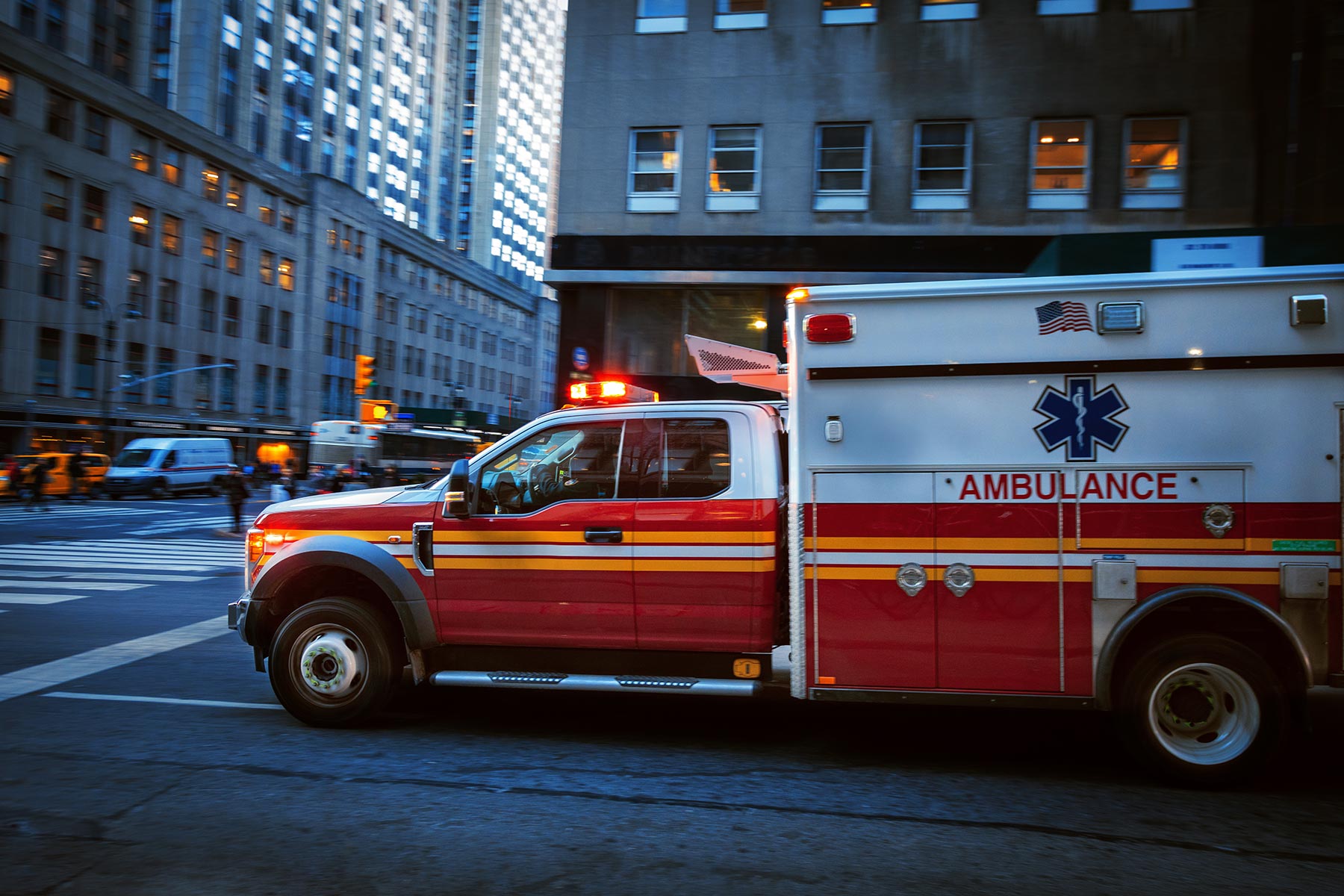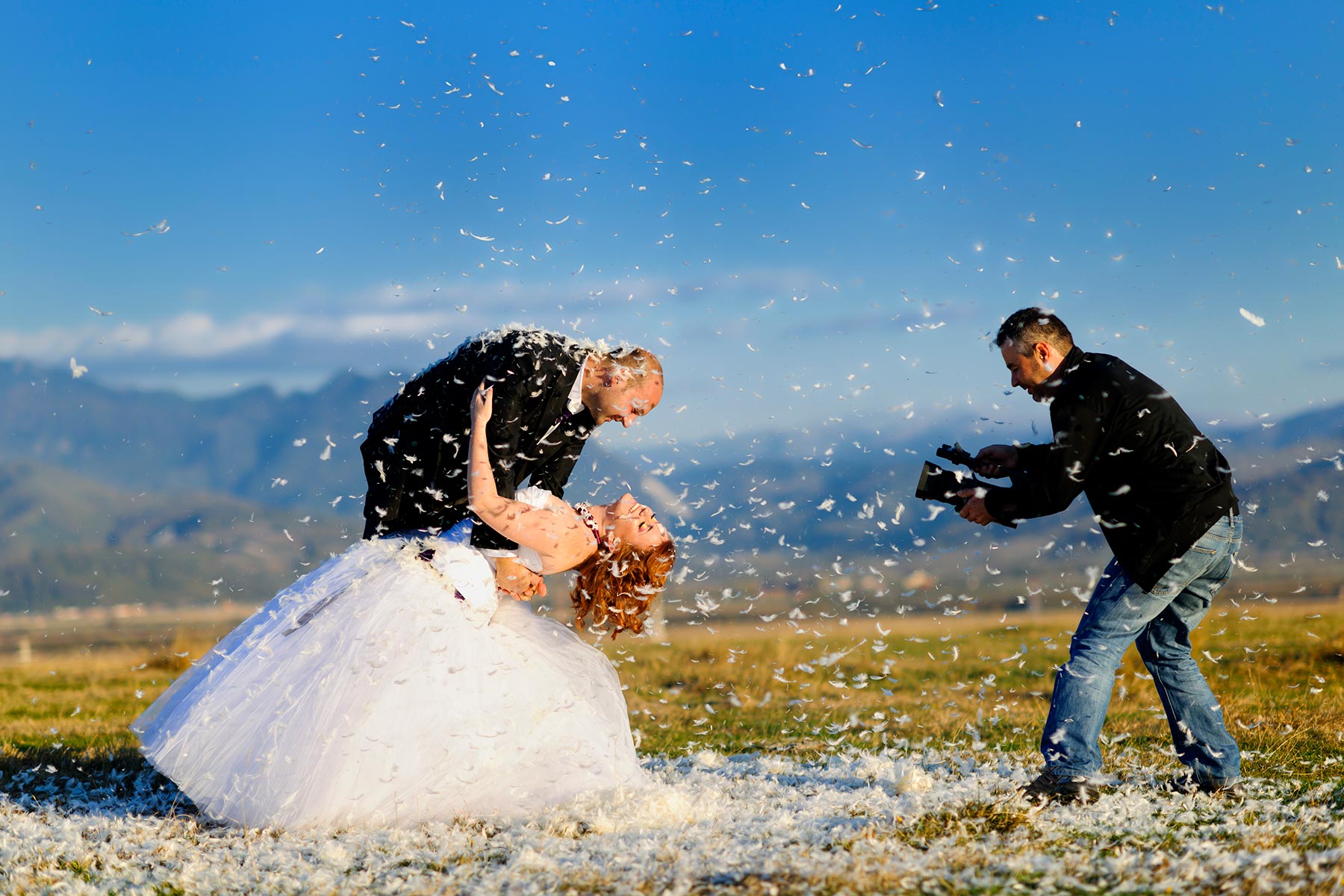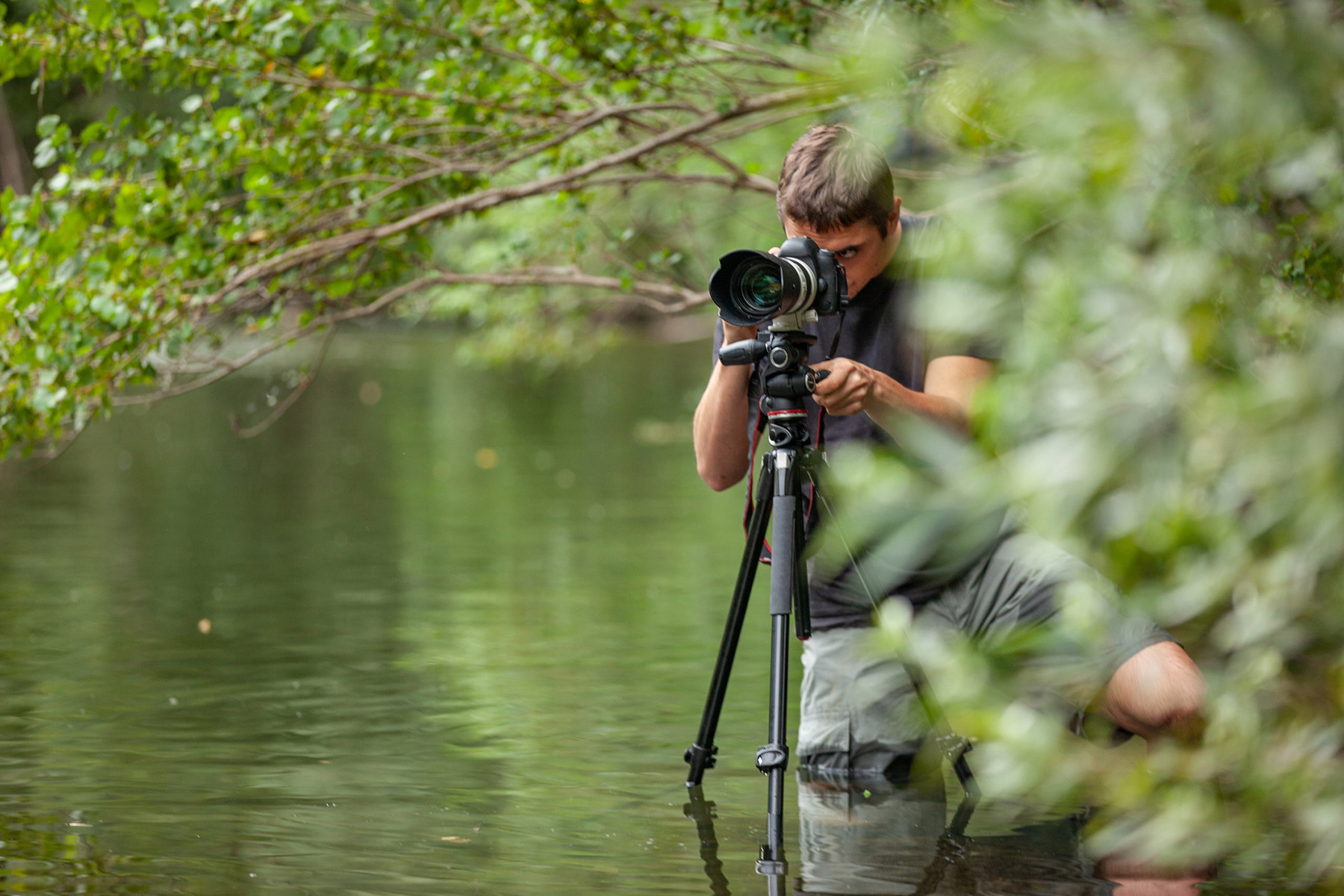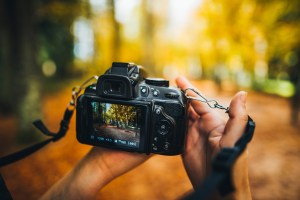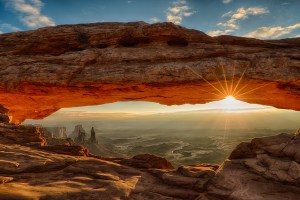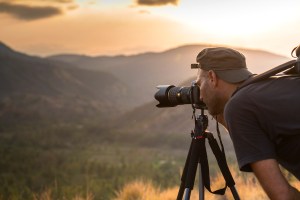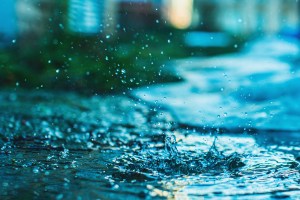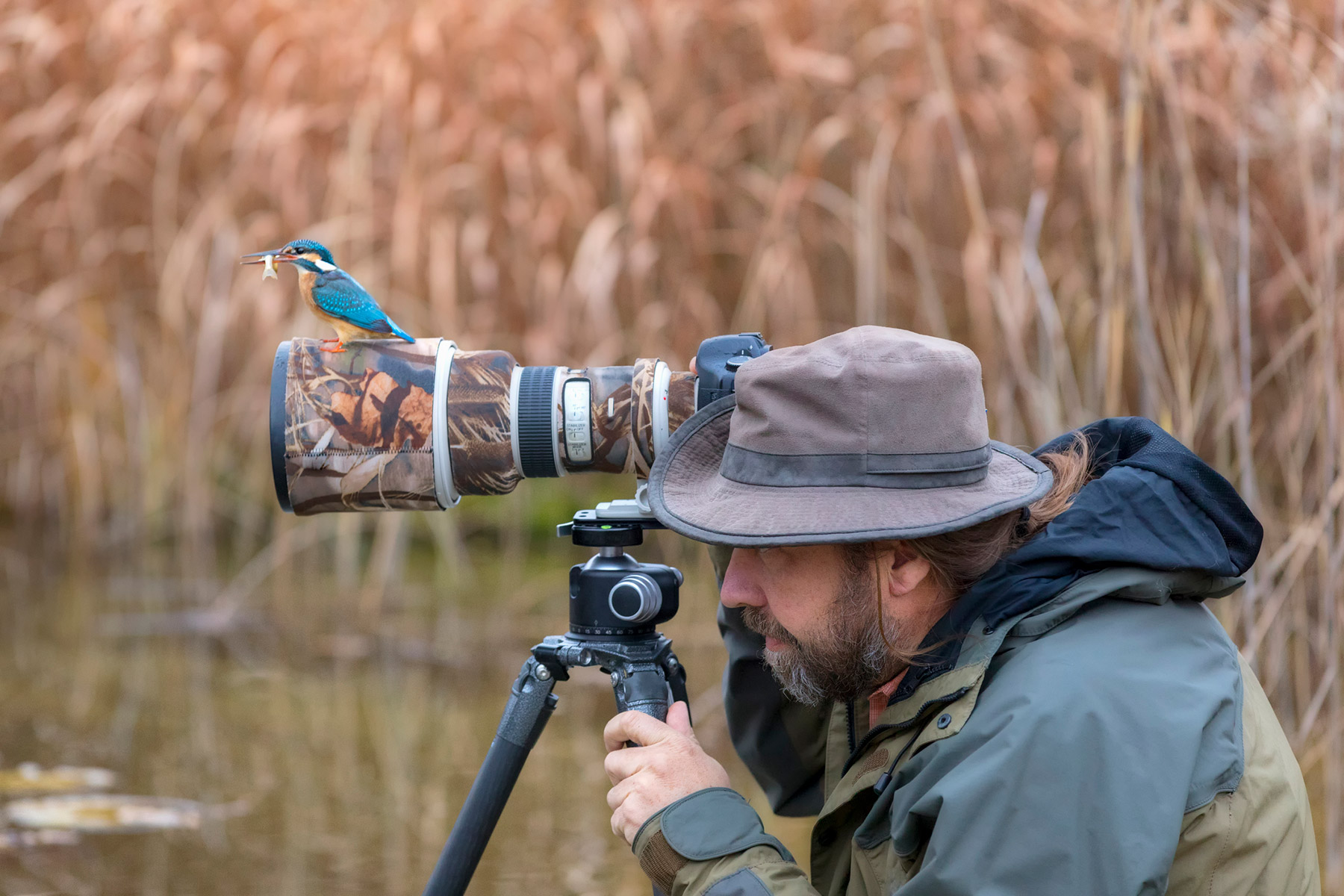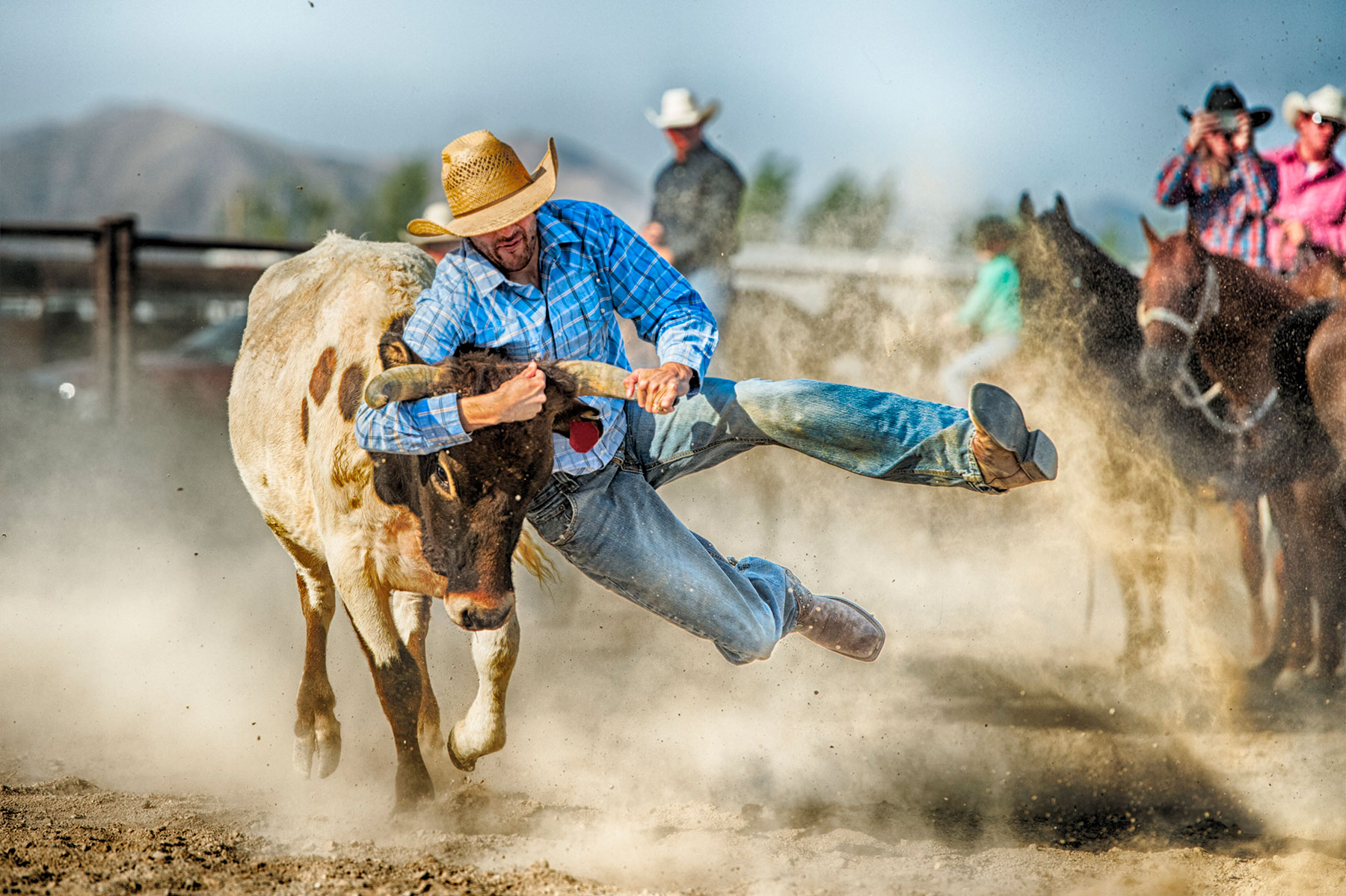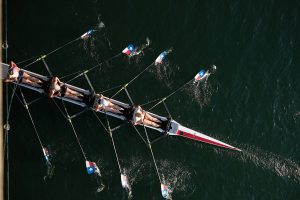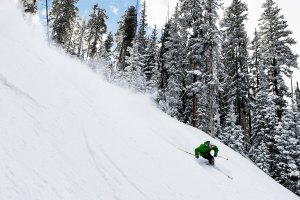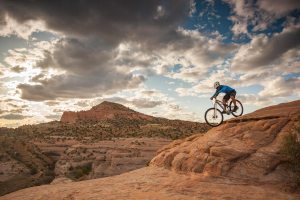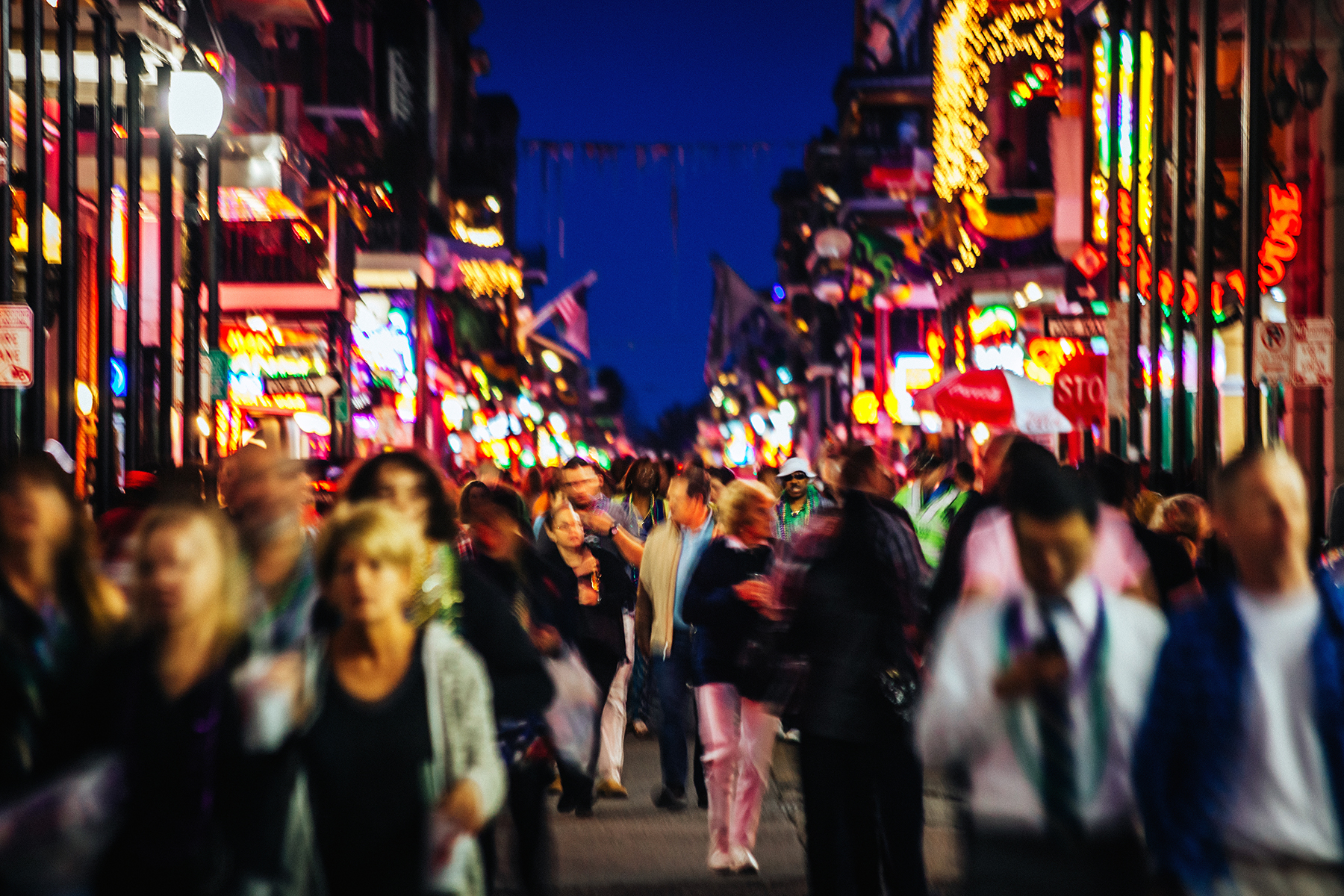Being a videographer isn’t just about capturing beautiful moments—it’s about being ready for anything. Filming a high-energy concert, an intimate wedding, or an adrenaline-packed sports event requires skill, precision, and some serious equipment. But what happens when things go wrong? What if your camera takes a dive into the ocean during a beach wedding shoot? Or a guest at an event trips over your tripod? That’s where videographer insurance comes in.
The Realities of Life Behind the Lens
Videographers don’t just show up and press record. They carry thousands of dollars in equipment, navigate unpredictable environments, and work under tight deadlines. From filming corporate ads to creating viral social media content, their work is everywhere—but so are the risks. Without the right insurance, one accident or theft could set your business back significantly.
What Does Videographer Insurance Cover?
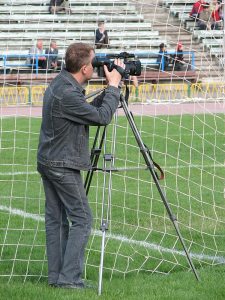
Equipment Protection: Cameras, lenses, drones, stabilizers—your gear is your lifeline. But it’s also expensive and vulnerable. Whether it’s a lens getting knocked off a table or your entire camera bag being stolen from a venue, equipment insurance ensures full replacement value with no per-item limit, keeping your business running smoothly.
General Liability Coverage: Filming in high-traffic environments comes with risks. If a guest trips over your cables at a corporate event, or a light stand accidentally damages a venue’s flooring, general liability insurance covers medical expenses and property damage claims, protecting you from costly lawsuits.
Drone Coverage: Aerial shots can take your projects to the next level, but they also introduce risks. If your drone malfunctions and crashes into a car—or worse, a person—you could be liable for damages. Commercial drone insurance covers both equipment damage and liability claims, ensuring safe and legal operation.
When Do Videographers Need Insurance the Most?
- Destination Shoots: Traveling with gear? Flights, baggage handling, and unfamiliar locations increase the chances of damage or theft.
- Live Events: Weddings, concerts, and corporate gatherings involve unpredictable crowds and tight spaces where accidents happen.
- Outdoor Filming: Weather, terrain, and public settings create unique risks for your equipment and liability.
- Client Contracts: Many venues and clients require videographers to have liability coverage before they’ll hire them.
Expanding Coverage for Film Producers
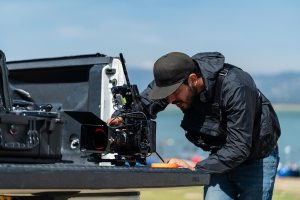
Videographers who specialize in documentaries, short films, or educational content may require more comprehensive coverage. If you have employees or work with a larger production team, additional insurance options can provide protection for production liability, equipment, and even workers’ compensation. Expanded coverage safeguards your projects from unexpected disruptions.
For more information on specialized production insurance, call RVAN at 1-800-364-2433 or visit RVNAProductionInsurance.com. Film insurance for producers is available to Quote and Purchase online instantly.
Popular Questions About Videographer Insurance
1. What is videographer insurance?
RVNA might call their insurance Photographer Insurance but it’s customized for both photographers and videographers. RVNA photographer insurance is designed to protect videographers from equipment loss, liability claims, and unexpected accidents during filming including accidental damage to equipment, or property damage when capture video on location.
2. Why do videographers need insurance?
Videographers work in unpredictable environments, making coverage essential for protecting gear, and avoiding liability claims. Many venues or even houses where a videographer has been hired to capture footage at an event often require proof of liability insurance from a videographer before they can work on site. RVNA Pro Photographer Insurance is also for videographers. Annual policies start as low as $99/year and include unlimited events with free additional insureds. Videographers can add additional insureds onto their policy in minutes using RVNA’s online system. Certificates of Insurance (COIs) can be emailed directly to a client or venue from within our system.
3. Does videographer insurance cover drones?
No. Drone Insurance is a specialty insurance dedicated to just insuring drones and UAV operators. RVNA offer drone insurance with optional coverages for property and liability to protect your drones and people who are injured by your drone or if you accidentally damage someone else’s property while flying your drone. Drone insurance is available to quote and buy online right from this website.
4. How much does videographer insurance cost?
The cost varies based on the insurance coverage limits you select, your business size, and how much coverage you purchase, for example how much your camera and equipment is insured for, but affordable plans are available for both independent videographers and production teams.
5. What’s included in videographer insurance?
All coverages with RVNA are optional including general liability coverage for bodily injury and property damage with coverage up to $6 million and unlimited COIs, equipment insurance with replacement value coverage, no per-item limit, and coverage extends worldwide. Other optional coverages include accident medical coverage, and employee crime coverage.
Final Thoughts
Videography is an exciting, fast-paced industry, but it comes with risks. The right videographer insurance keeps you covered so you can focus on creating stunning visuals, not worrying about accidents or lost equipment. Don’t let an unexpected mishap cut your career short—protect your business today.
Need coverage? Get an Instant Quote and Buy Videographer Insurance Online or call 1-800-364-2433 to speak with an RVNA insurance expert about how to protect your business today.
Read More →
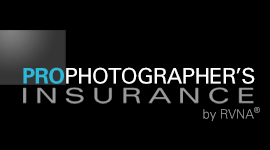
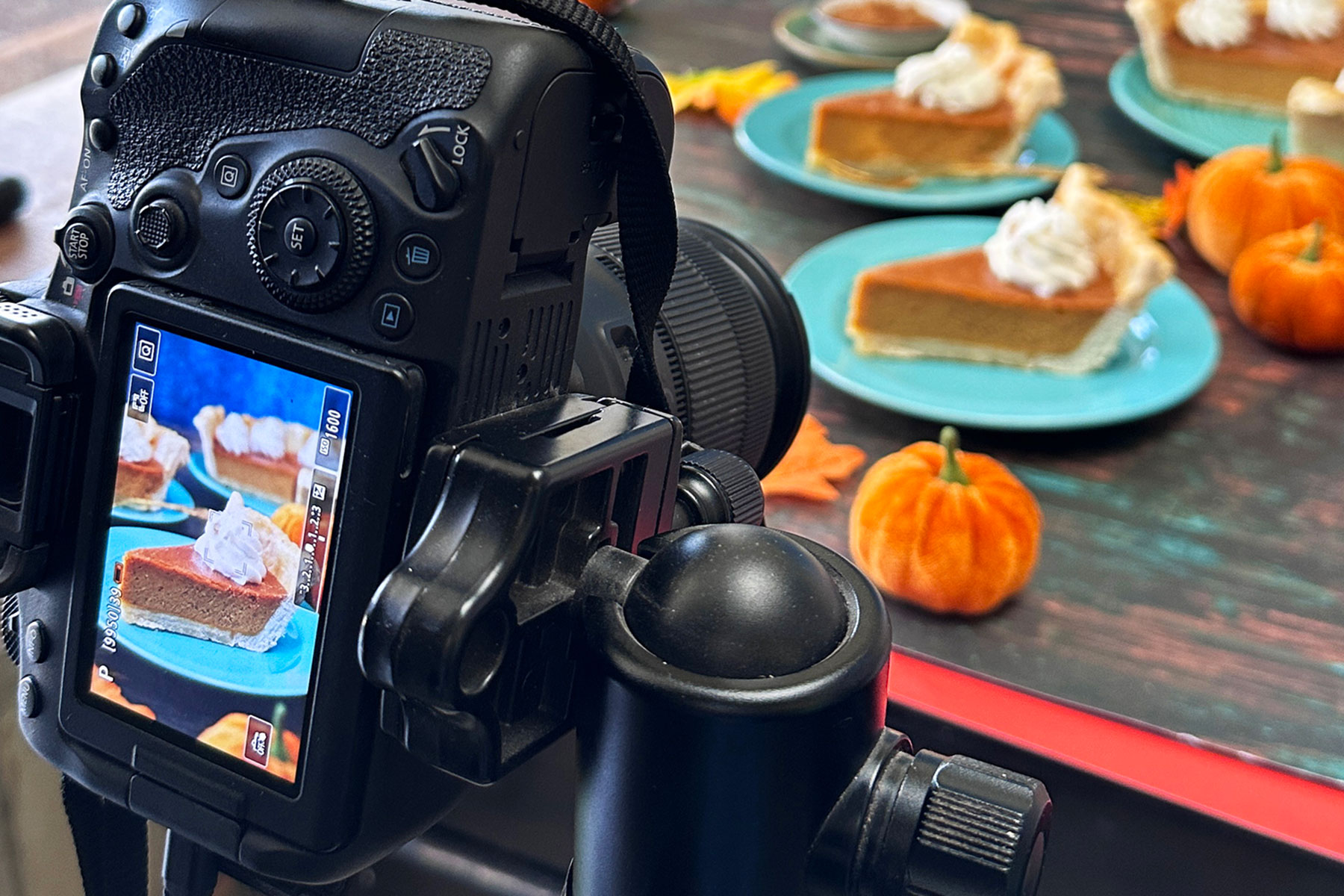
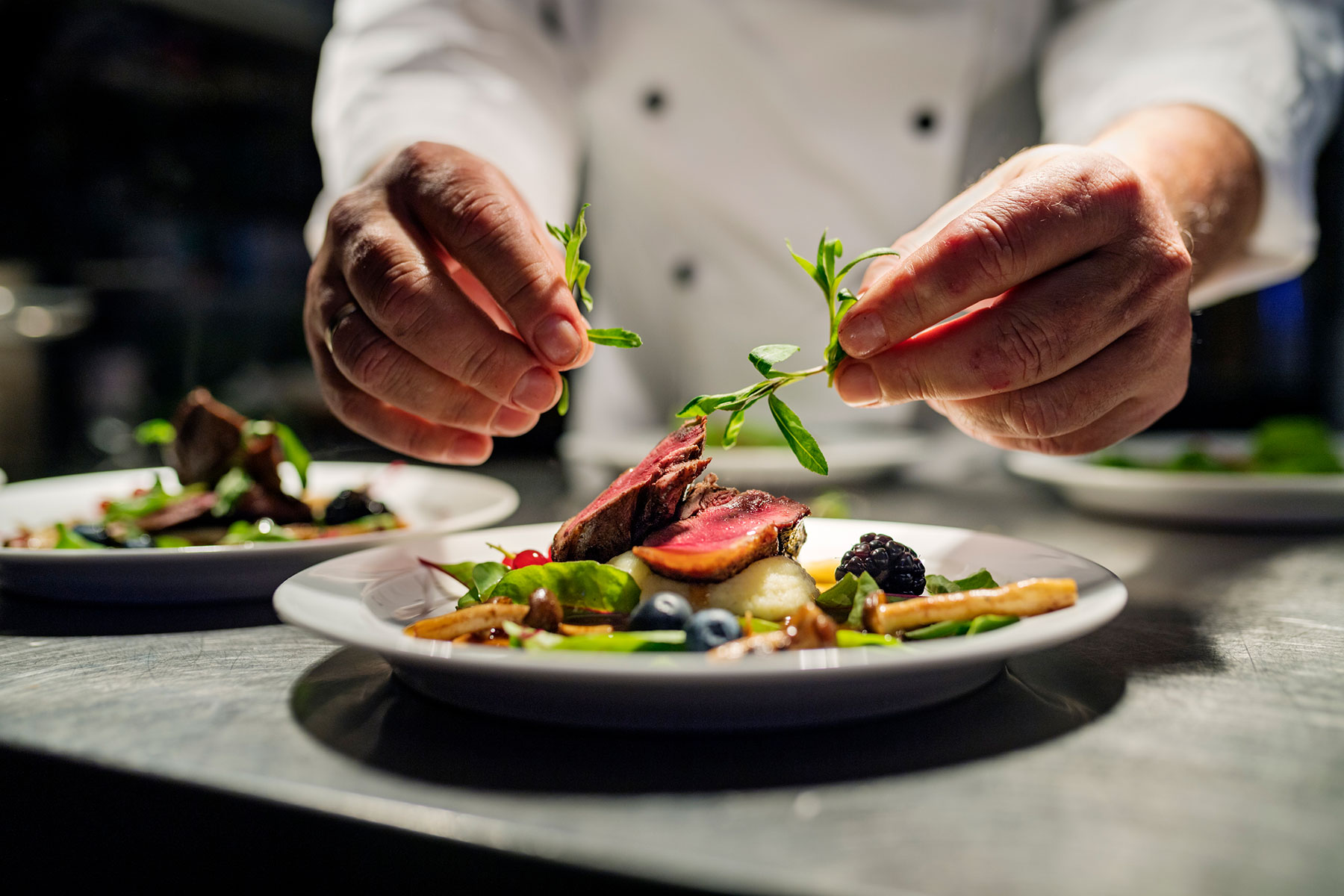
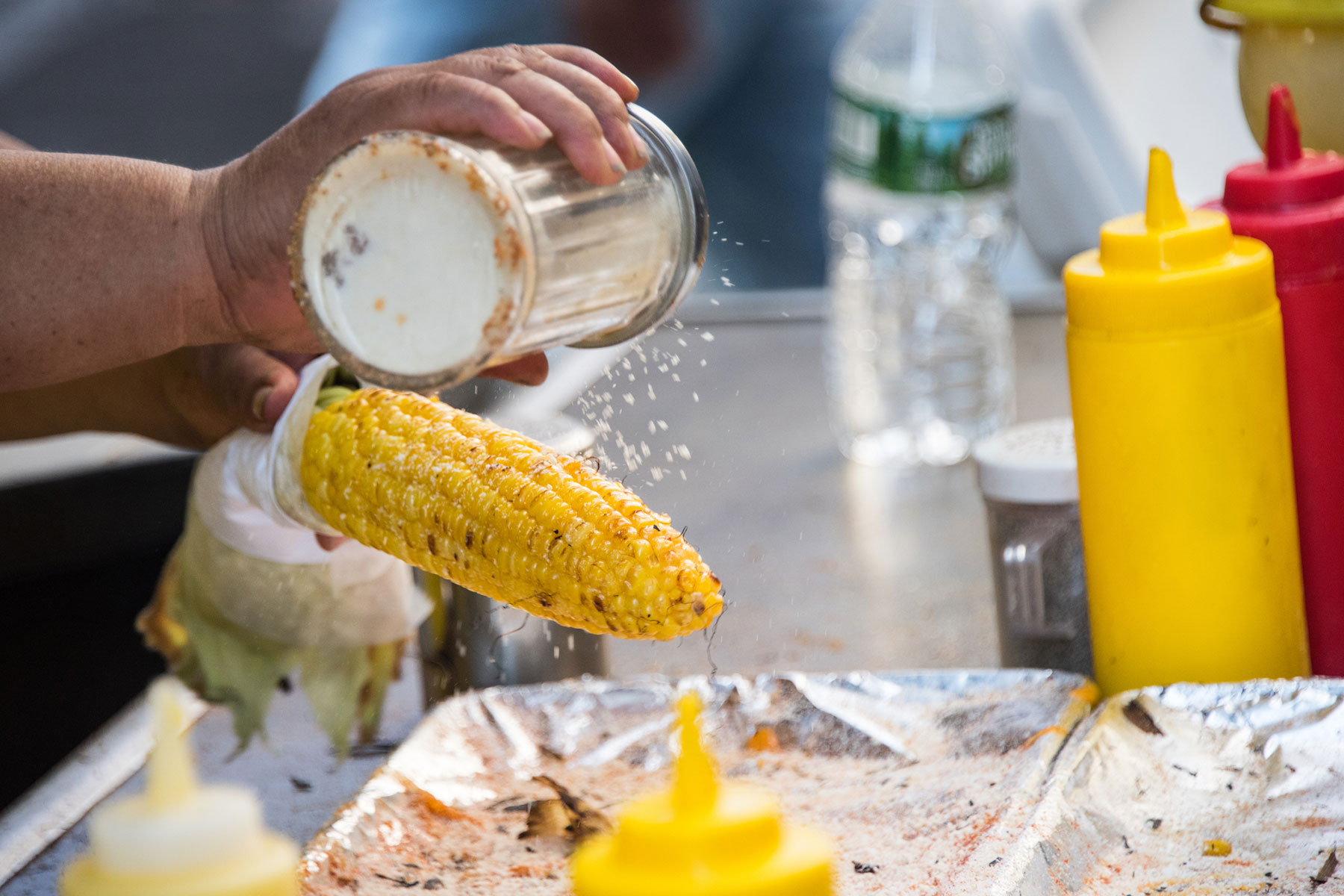
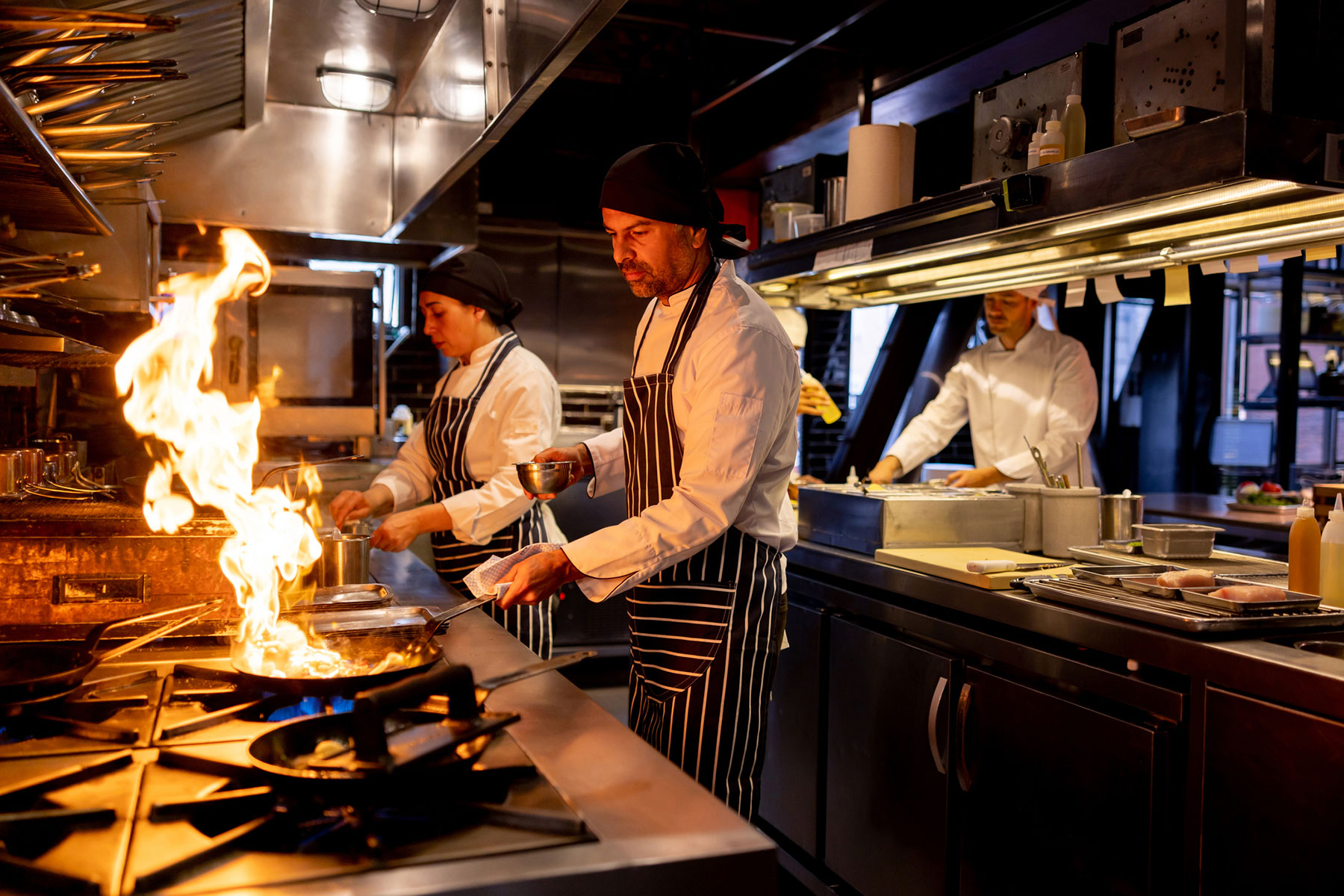
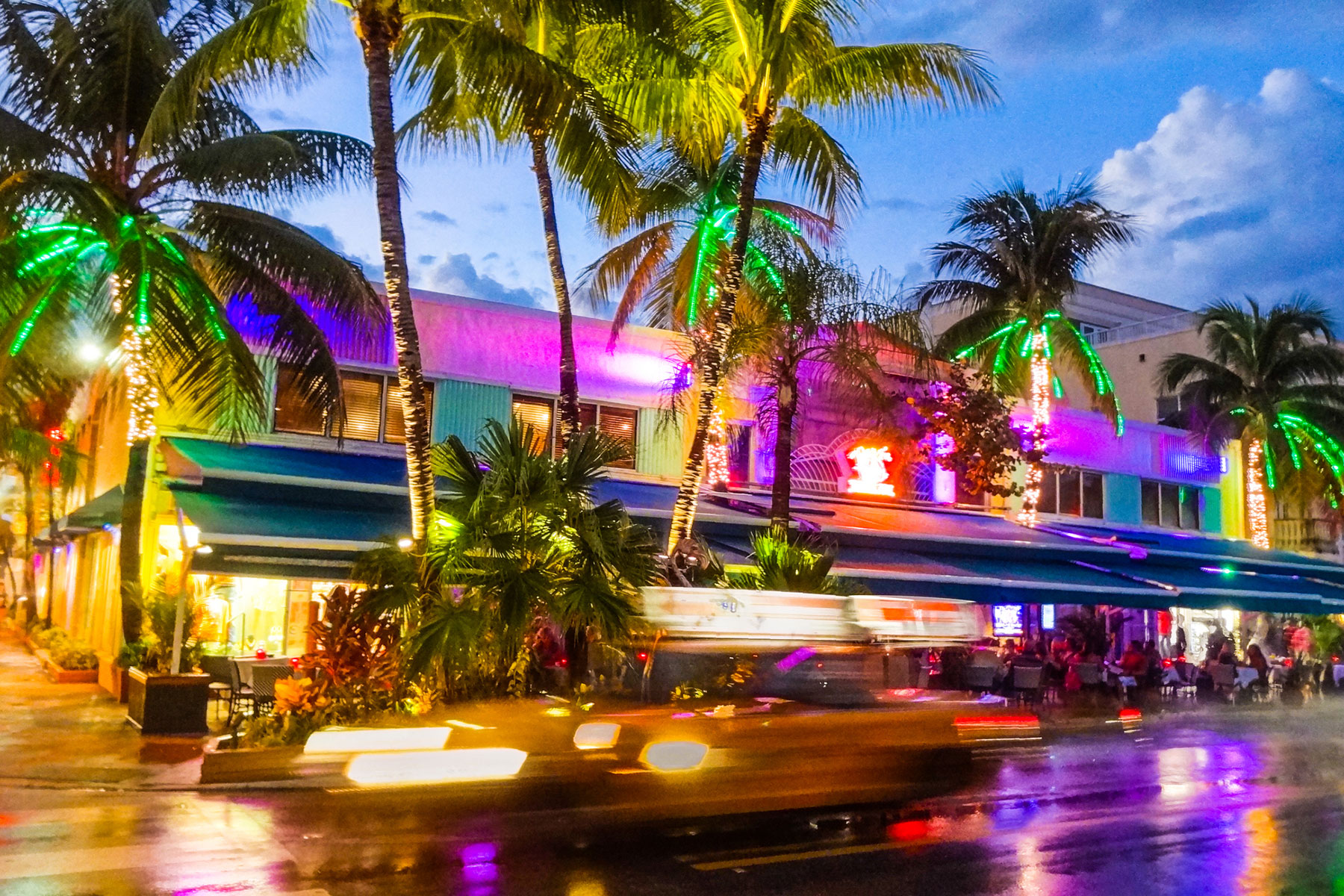
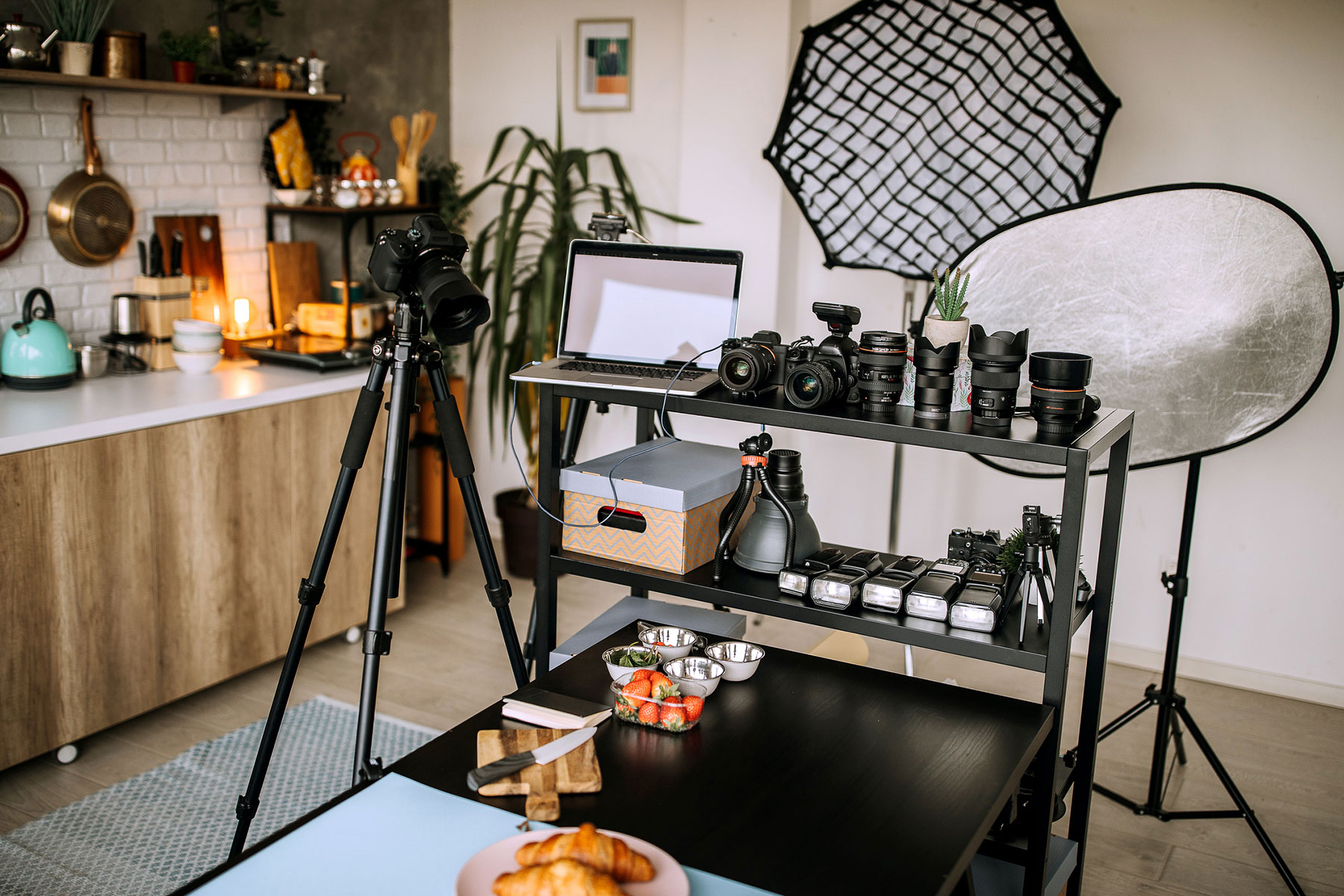

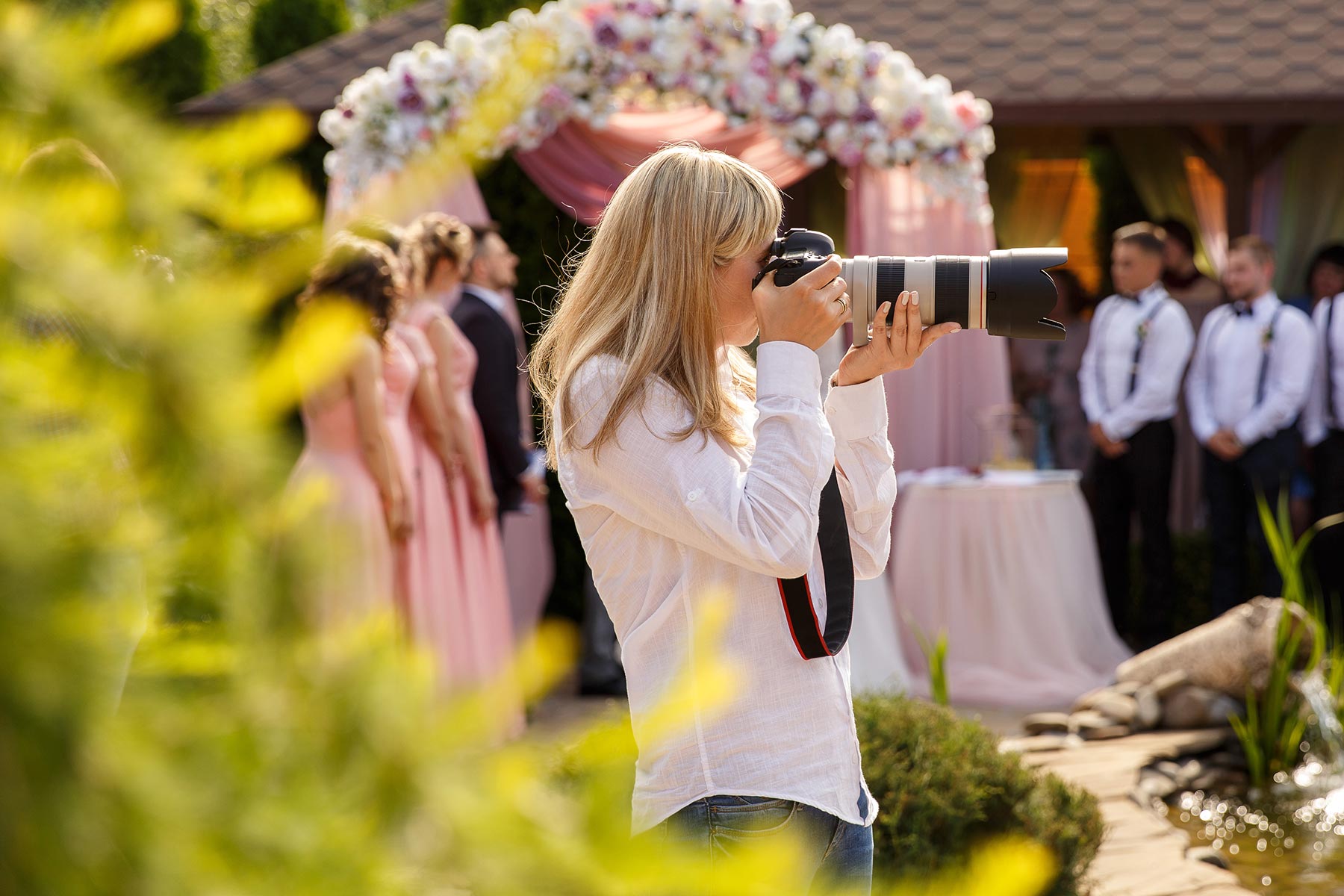
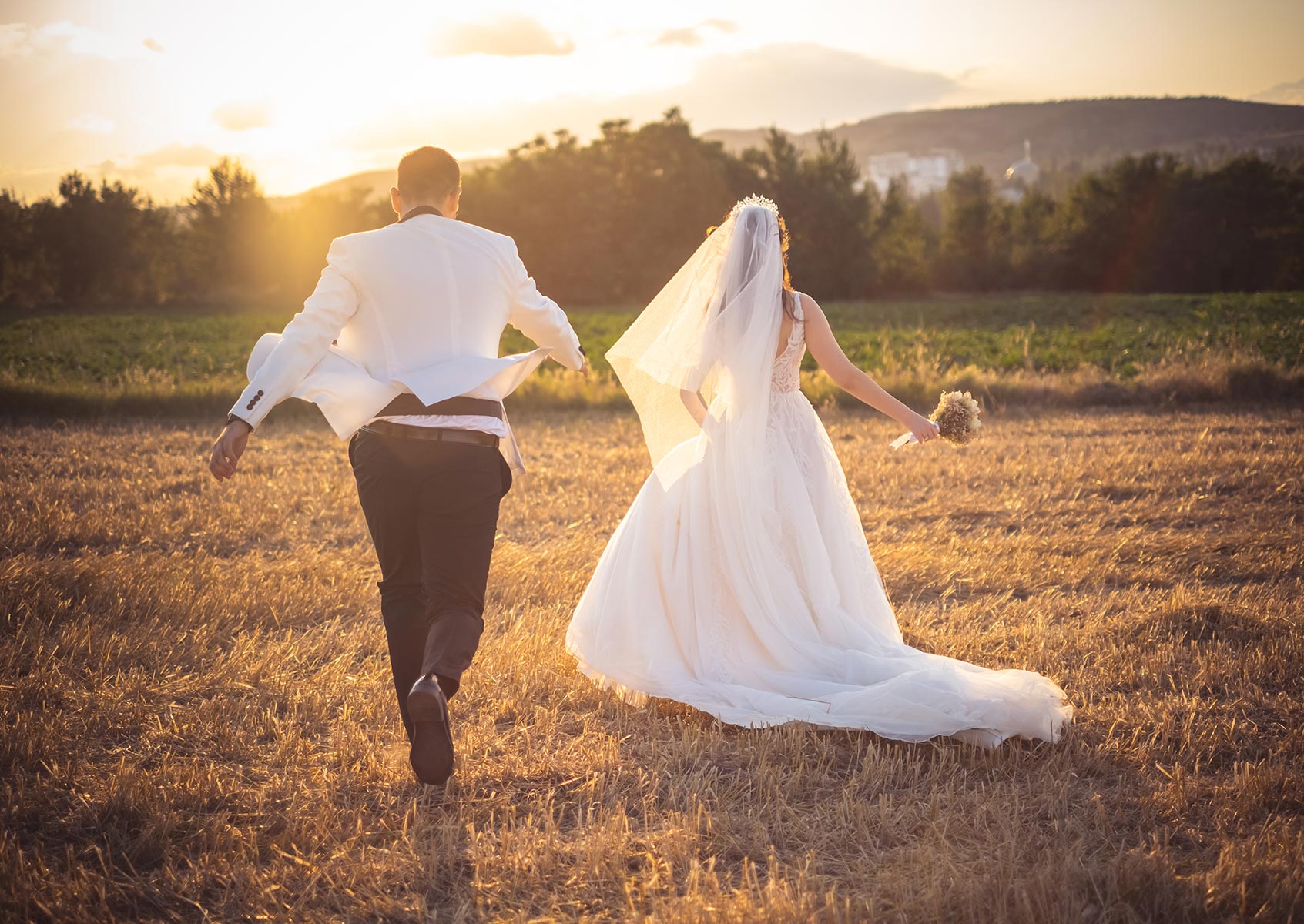


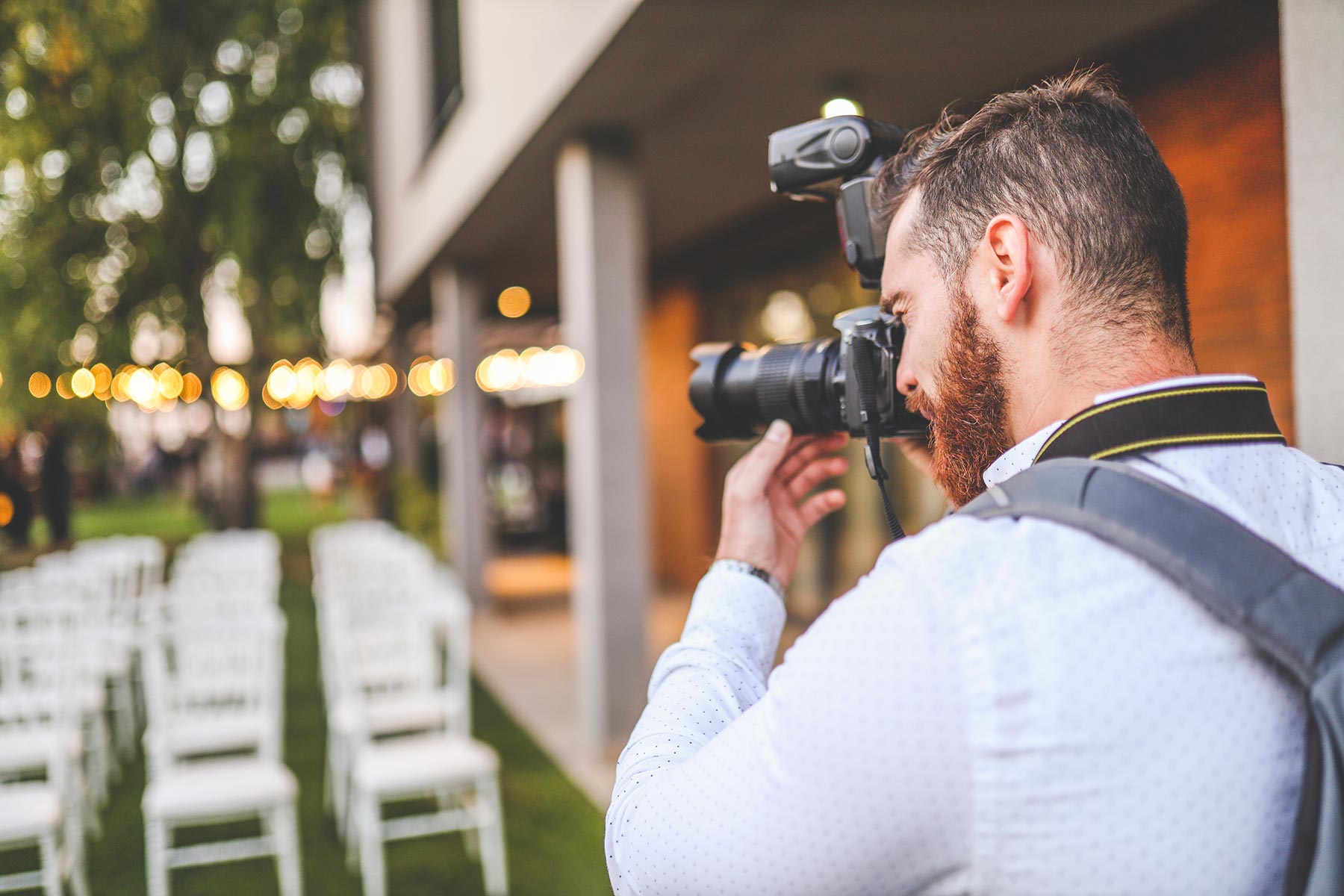
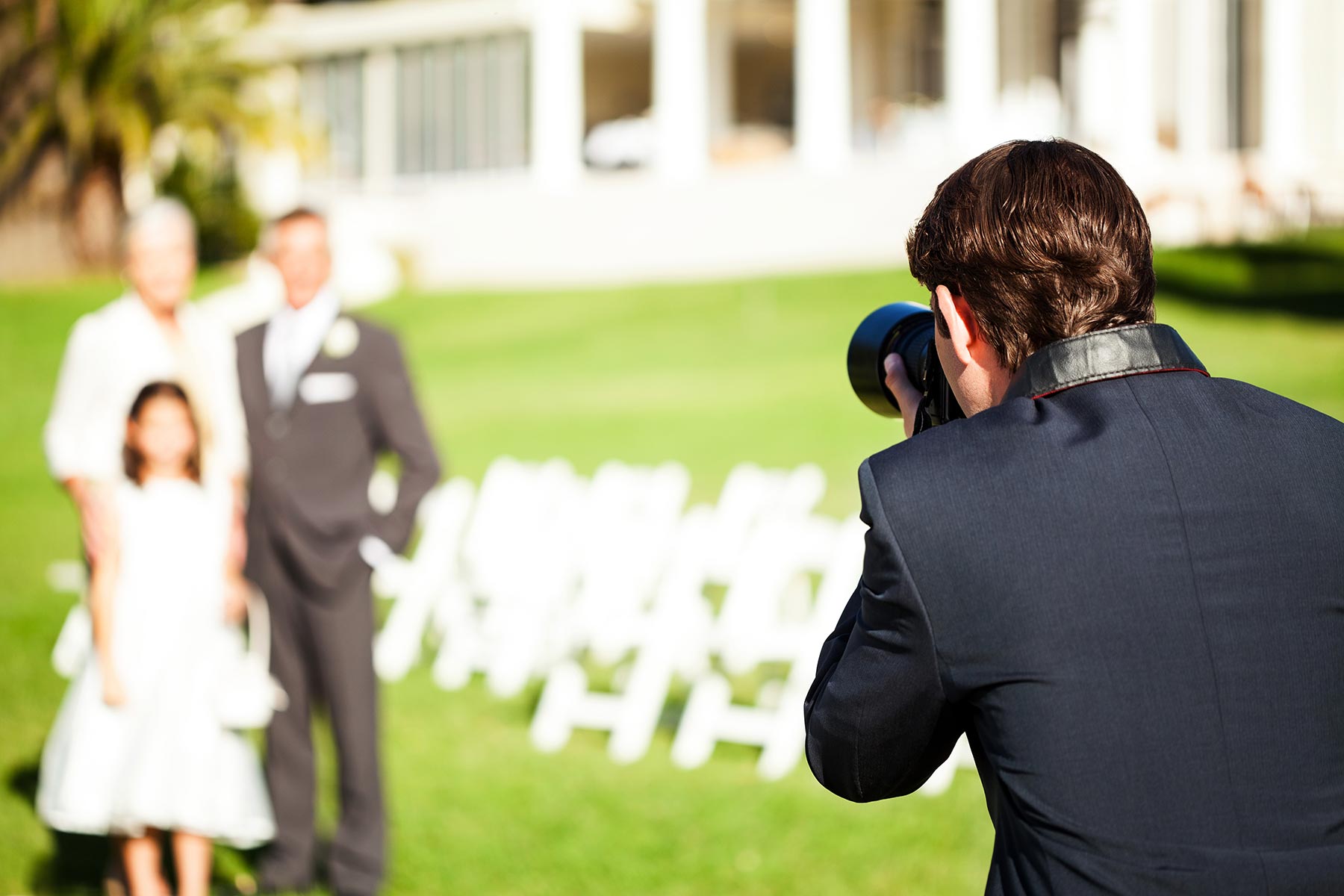

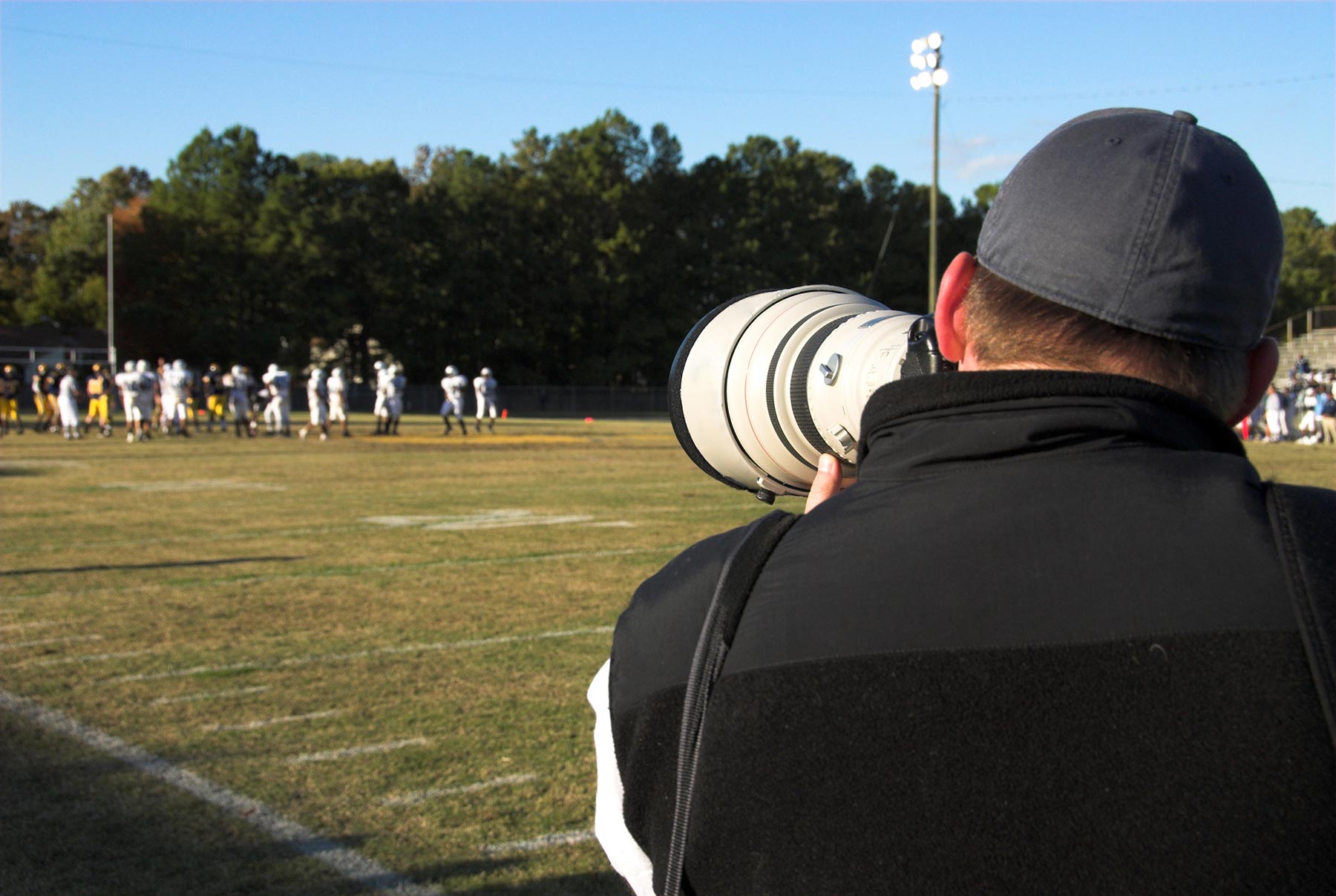
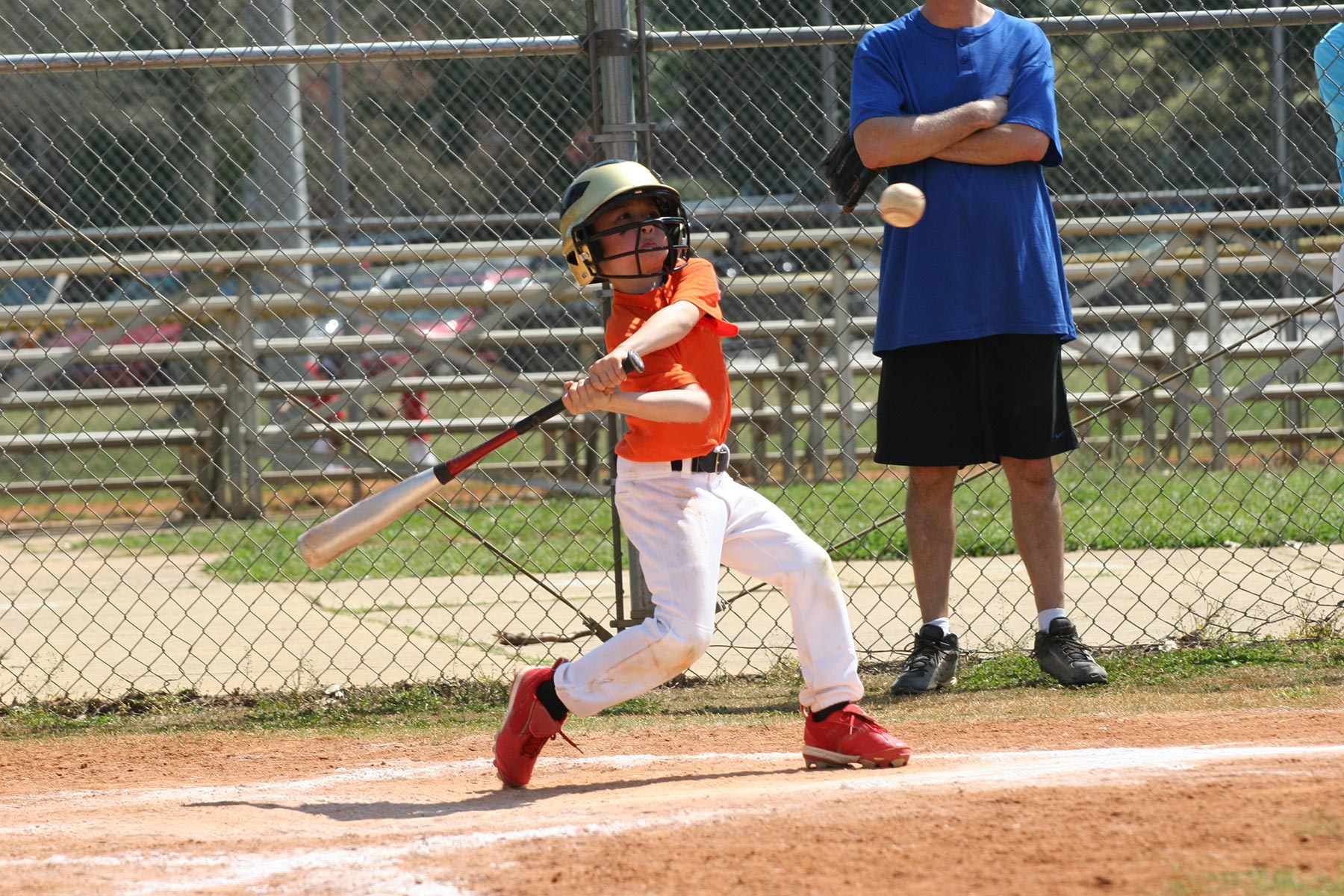
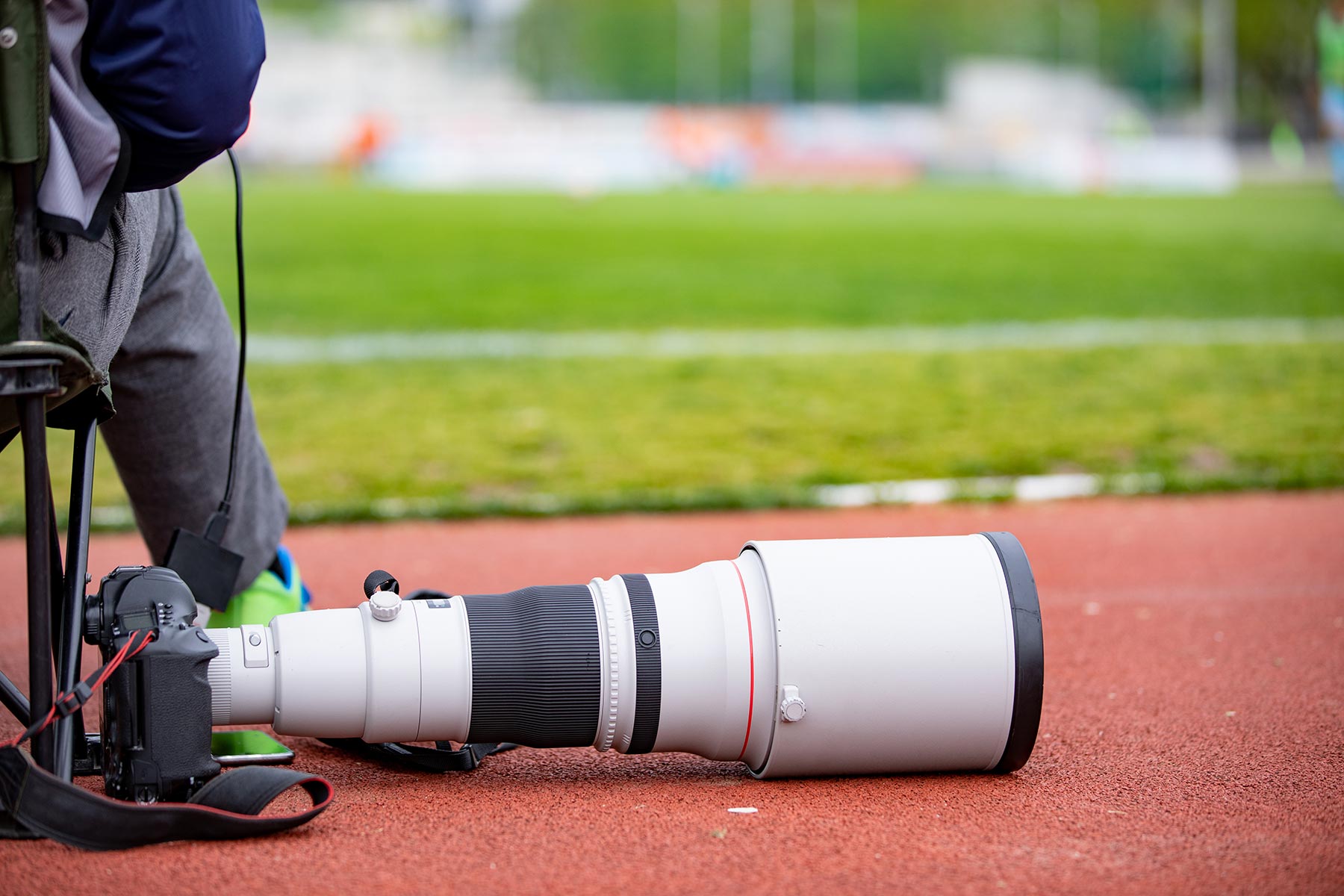
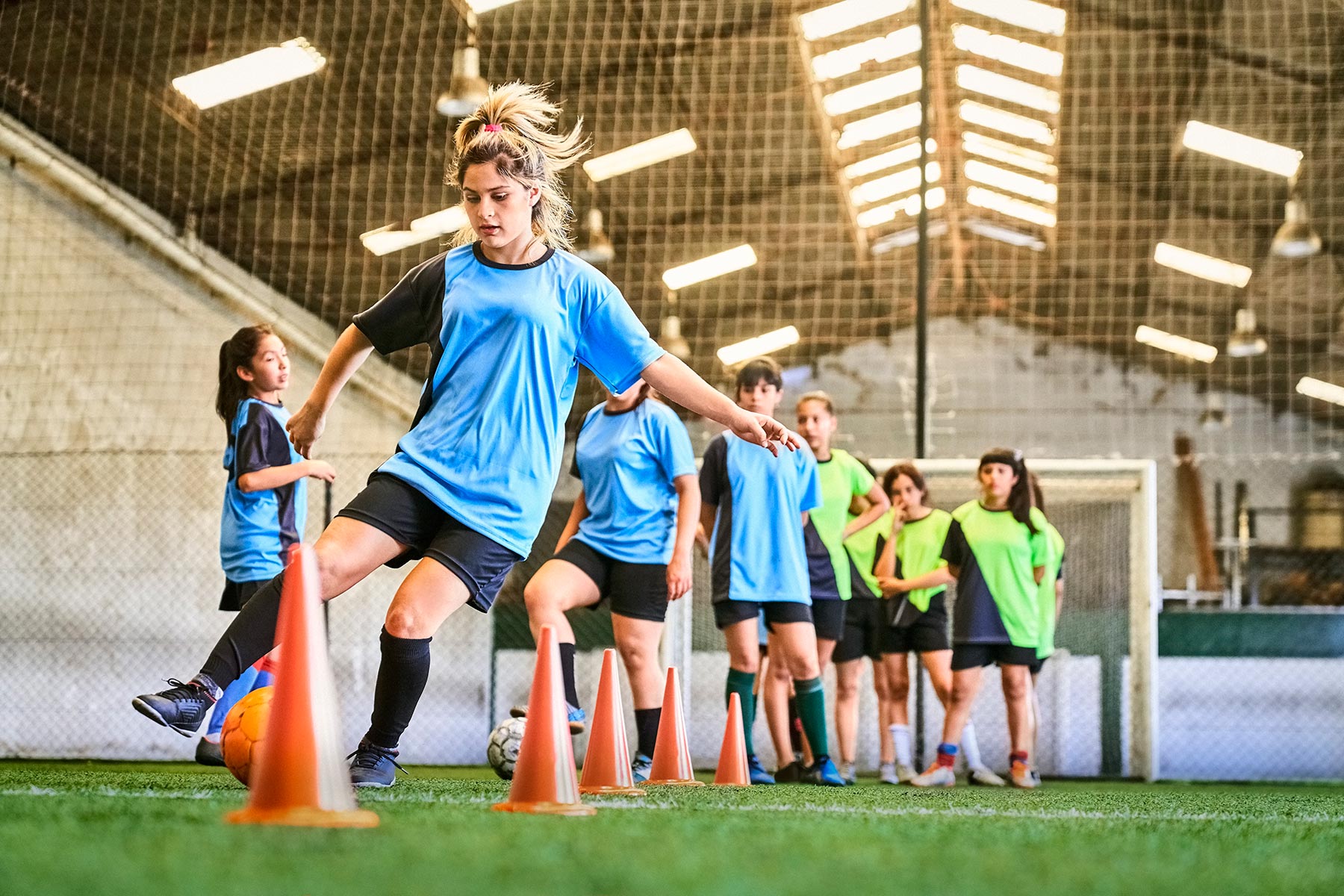
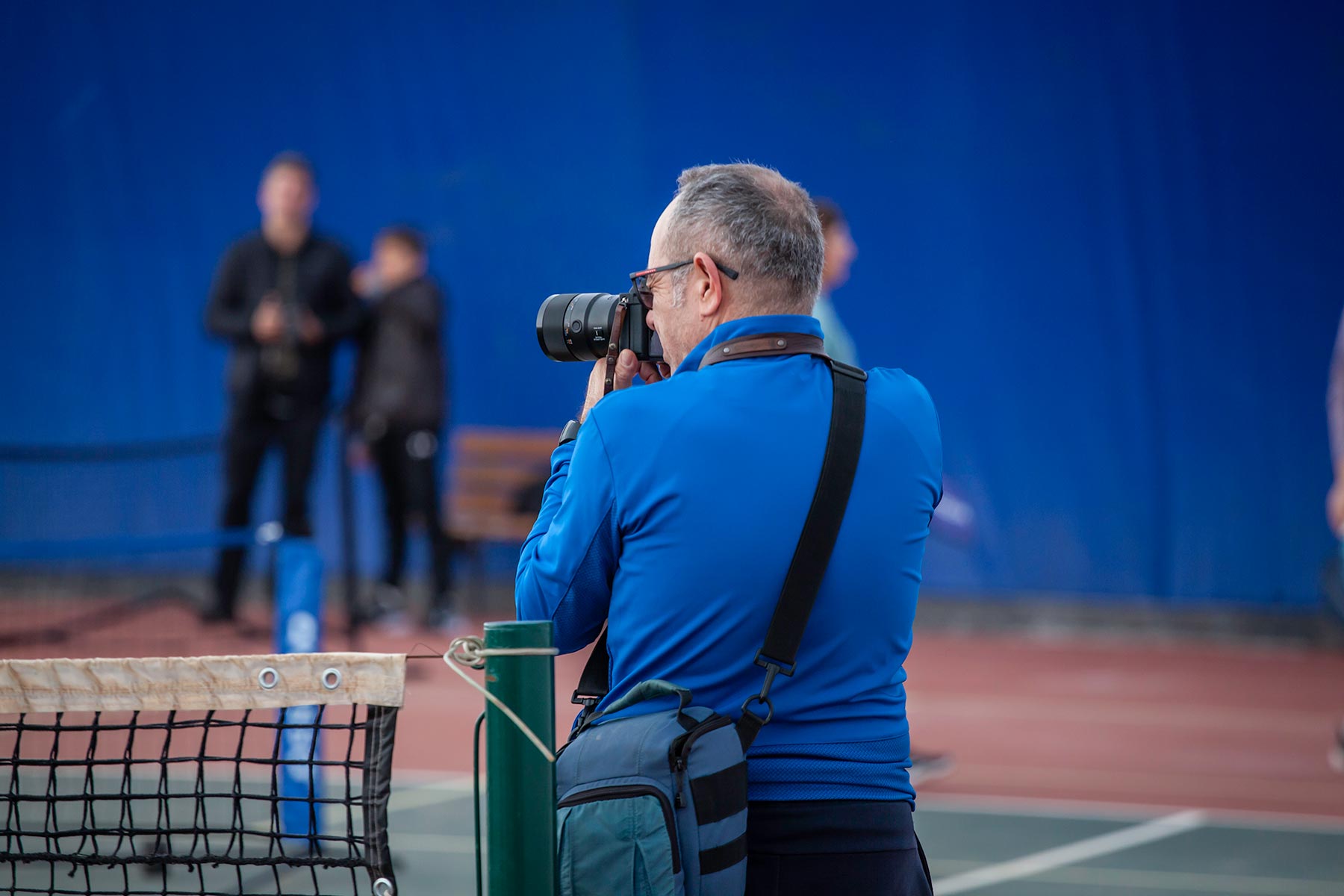

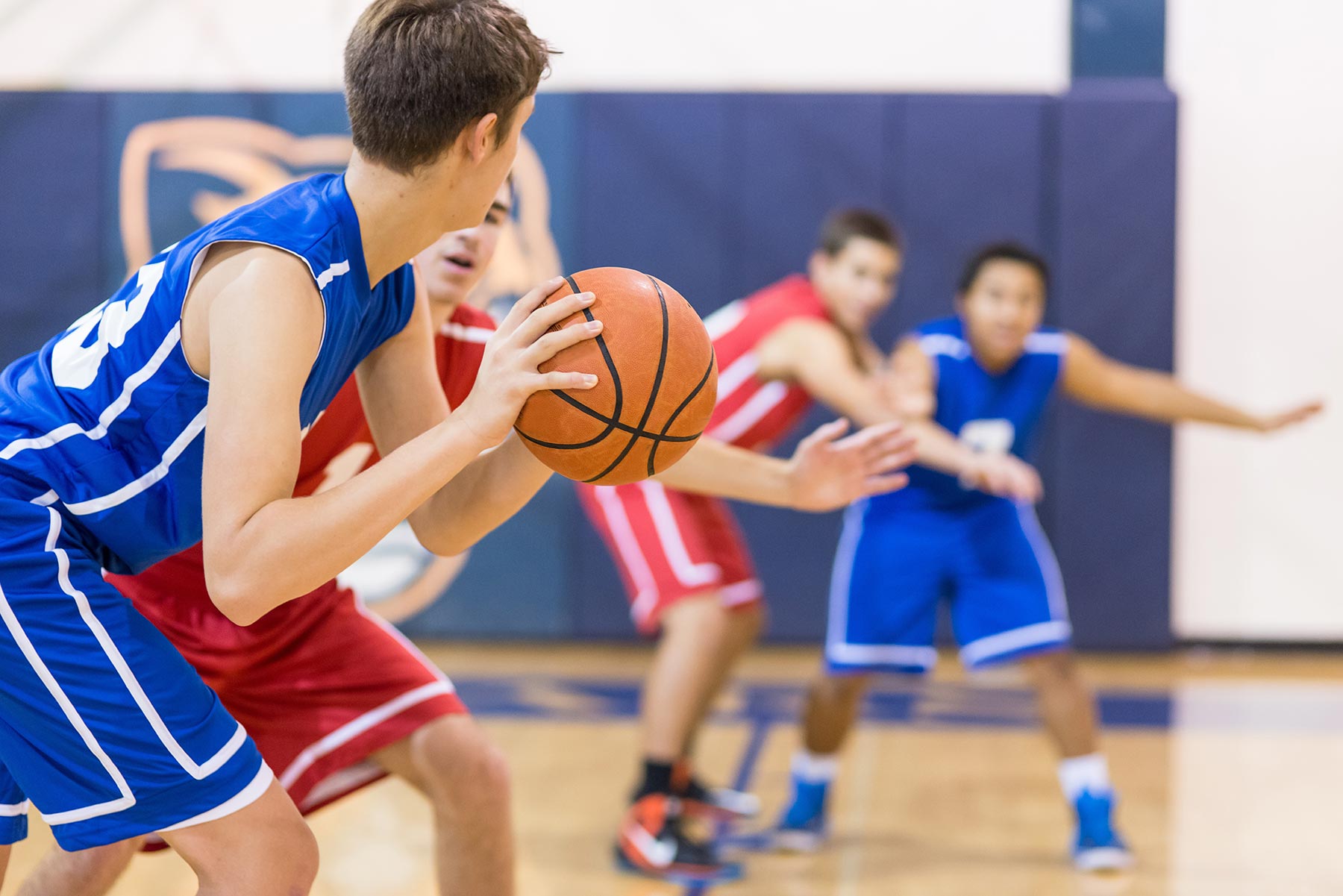
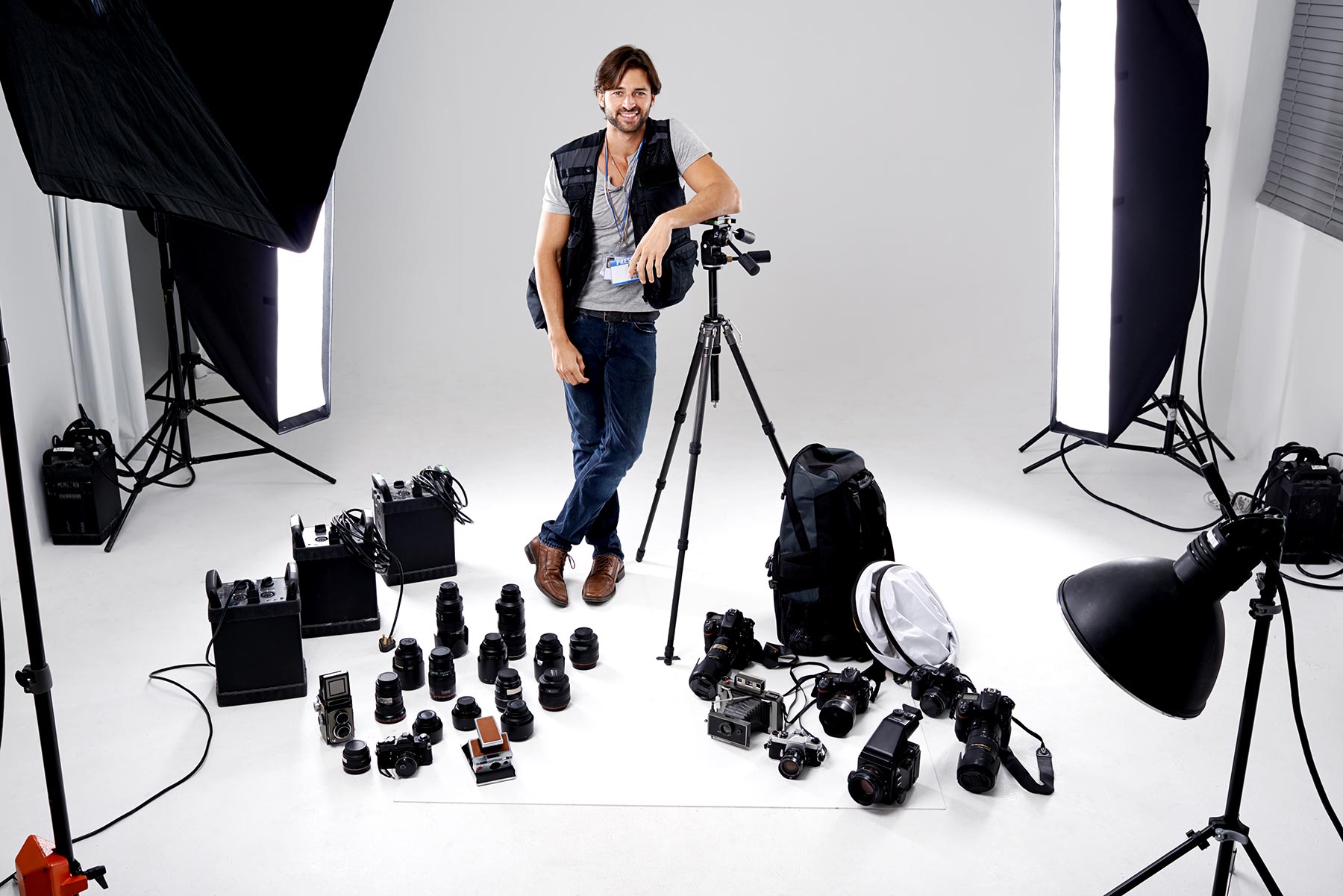
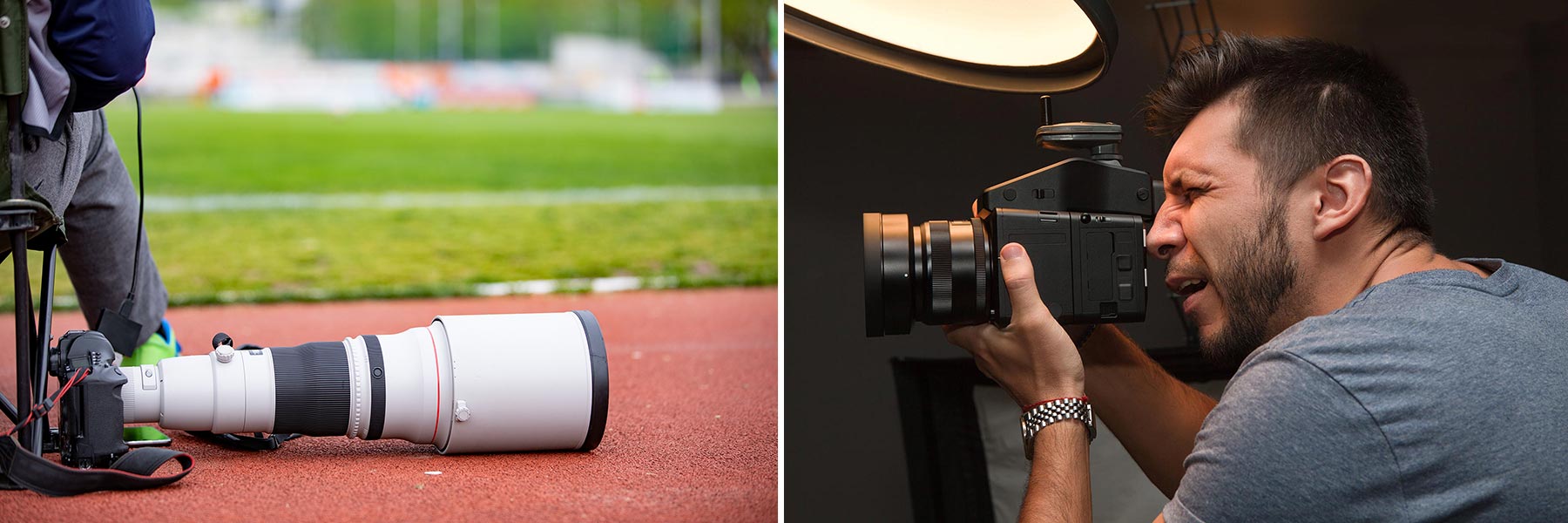
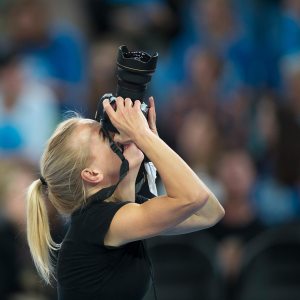 Photography Organization Insurance: Memberships such as Professional Photographers of America (PPA) offer equipment coverage, but with sub-limits. For instance, PPA’s PhotoCare insurance caps computer equipment at $5,000 and may only reimburse actual cash value instead of replacement cost.
Photography Organization Insurance: Memberships such as Professional Photographers of America (PPA) offer equipment coverage, but with sub-limits. For instance, PPA’s PhotoCare insurance caps computer equipment at $5,000 and may only reimburse actual cash value instead of replacement cost.
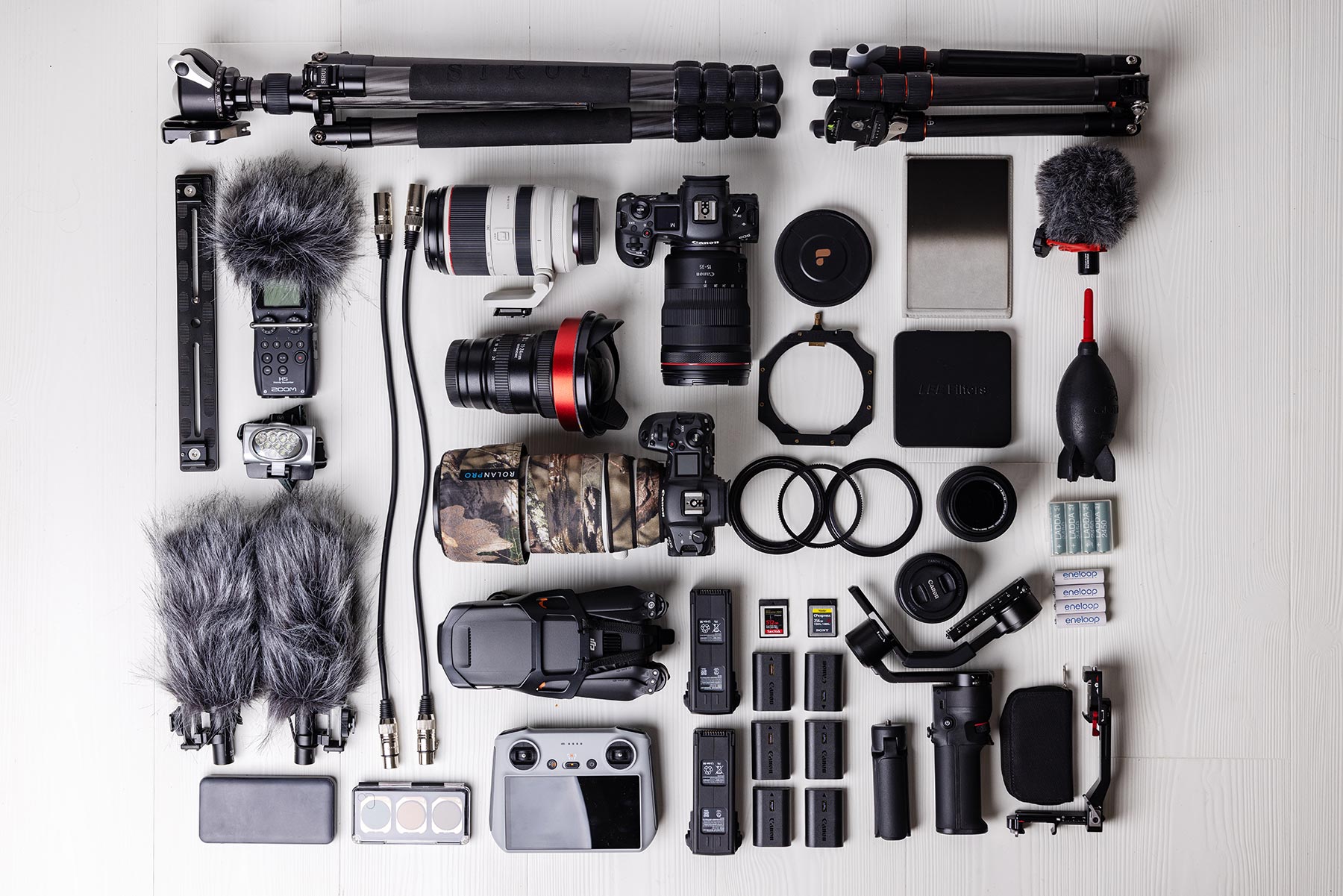
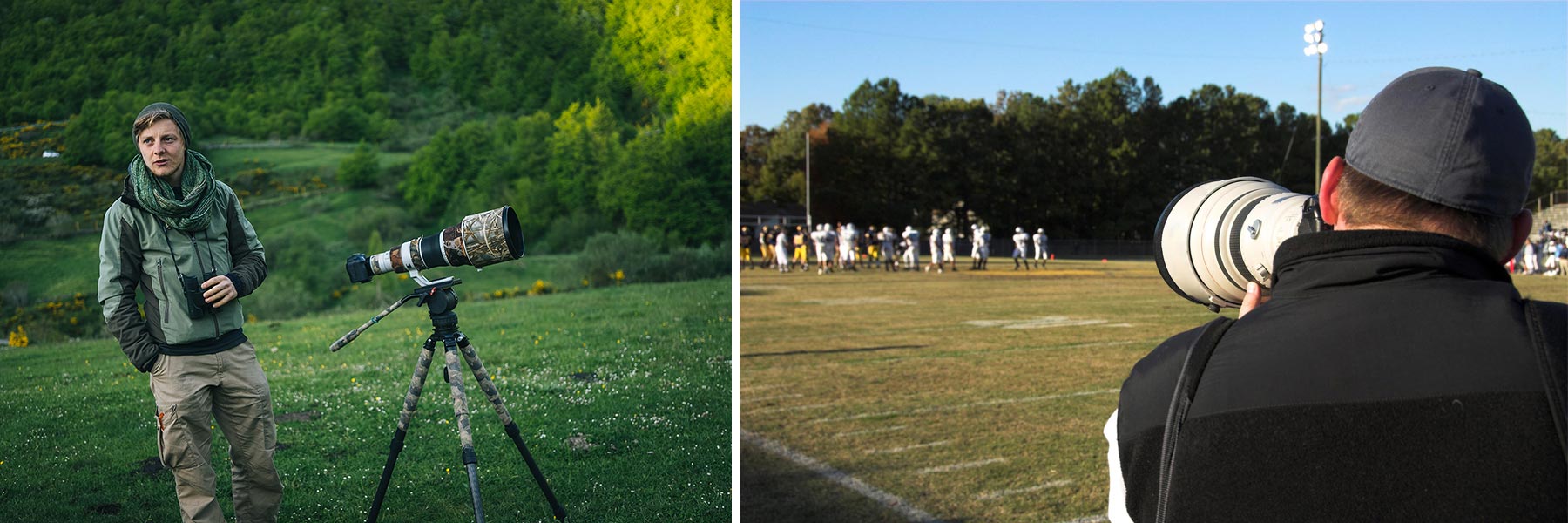
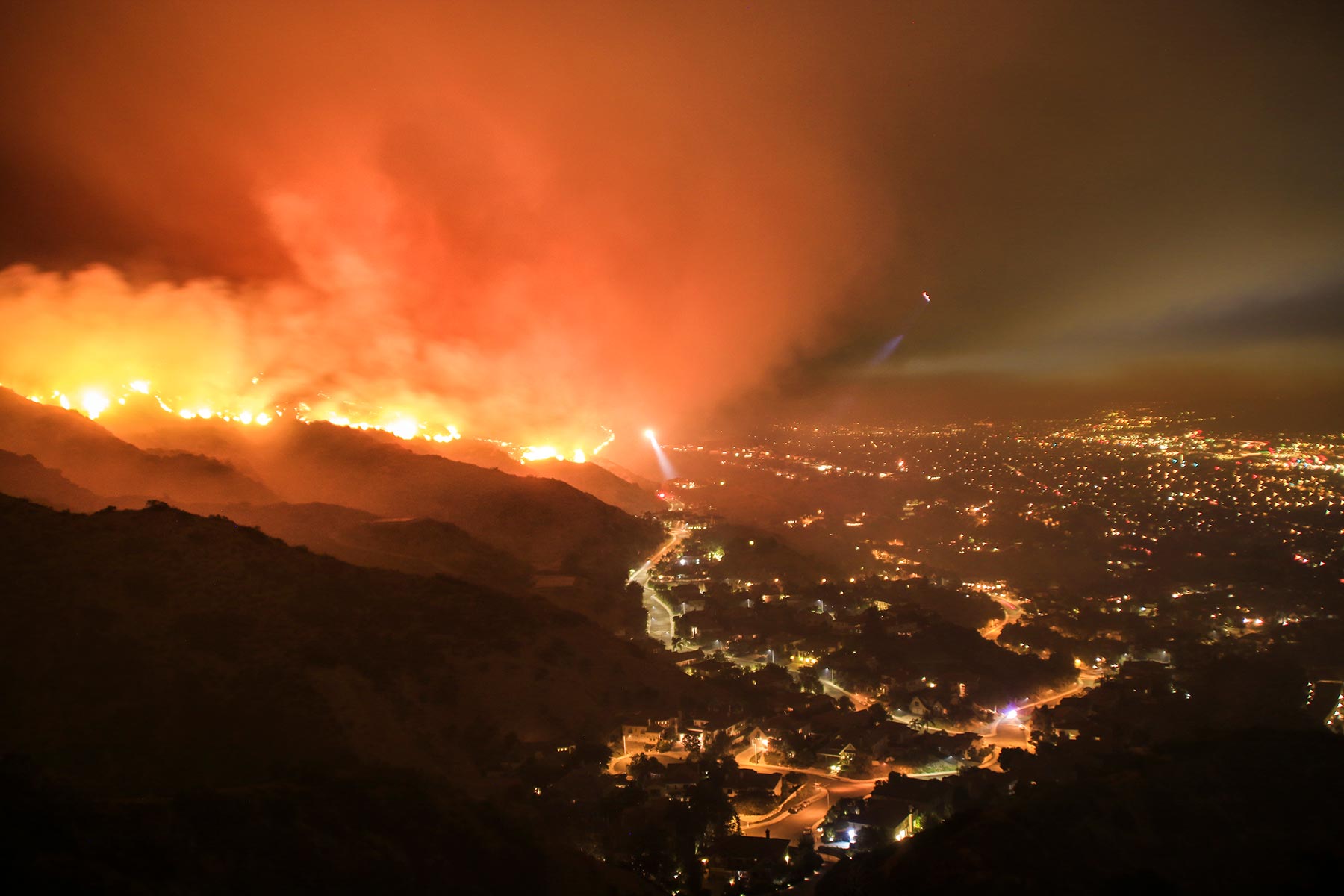
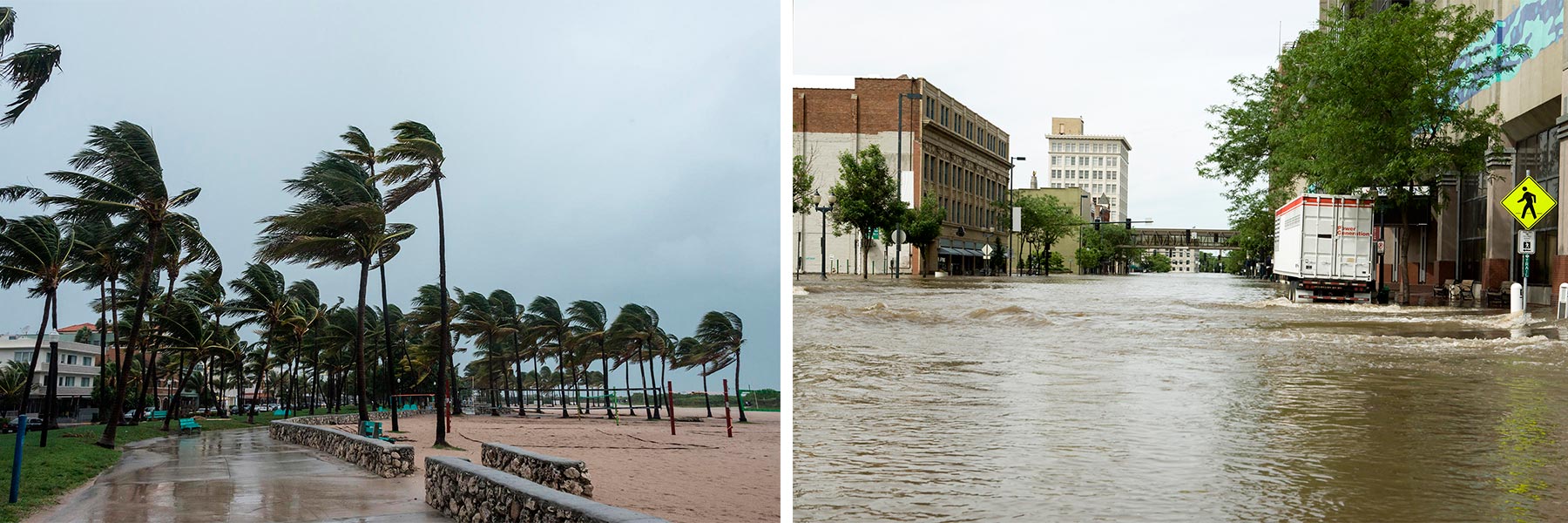 If you rely on your photography gear for income, your homeowner’s insurance likely won’t protect it. Most policies exclude business property, meaning that even if your home is insured, your expensive cameras, lighting setups, and computers may not be covered. A separate photography insurance policy ensures that you are protected from losses due to fire, floods, or other natural disasters.
If you rely on your photography gear for income, your homeowner’s insurance likely won’t protect it. Most policies exclude business property, meaning that even if your home is insured, your expensive cameras, lighting setups, and computers may not be covered. A separate photography insurance policy ensures that you are protected from losses due to fire, floods, or other natural disasters.
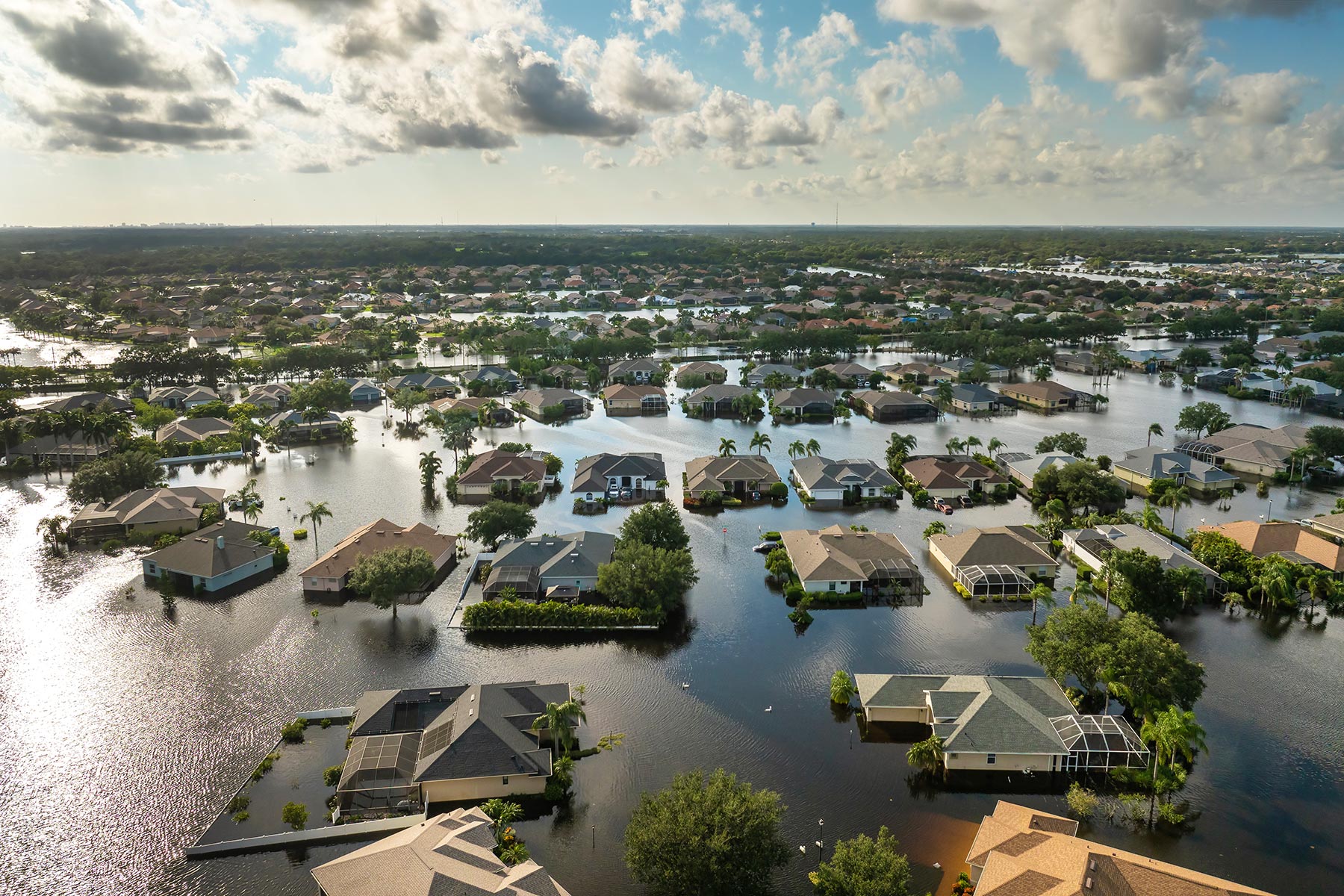 Flooding is another overlooked risk. Standard homeowners and renters insurance does not cover flood damage. If your home studio, office, or storage space is affected, you could face a complete loss.
Flooding is another overlooked risk. Standard homeowners and renters insurance does not cover flood damage. If your home studio, office, or storage space is affected, you could face a complete loss.